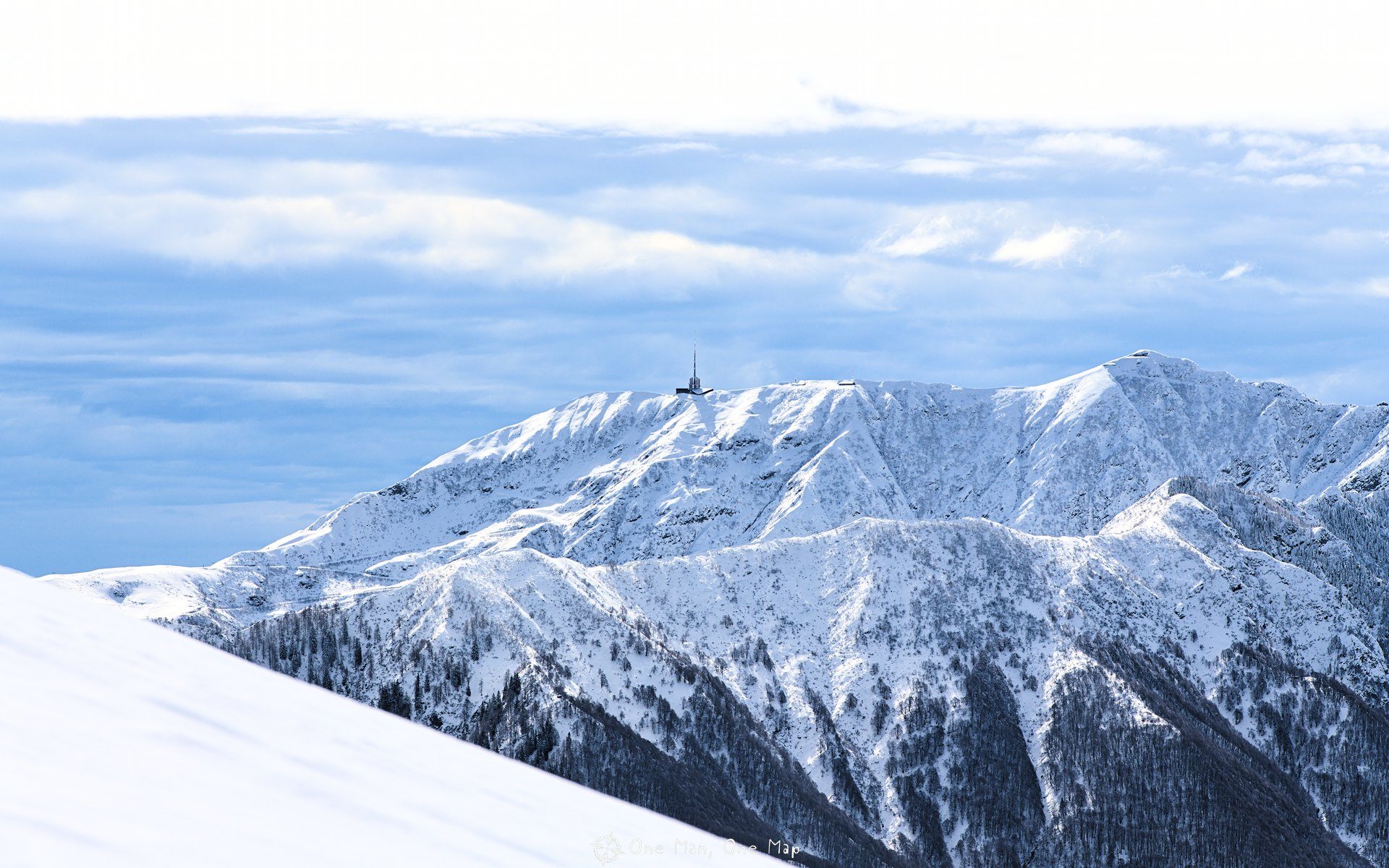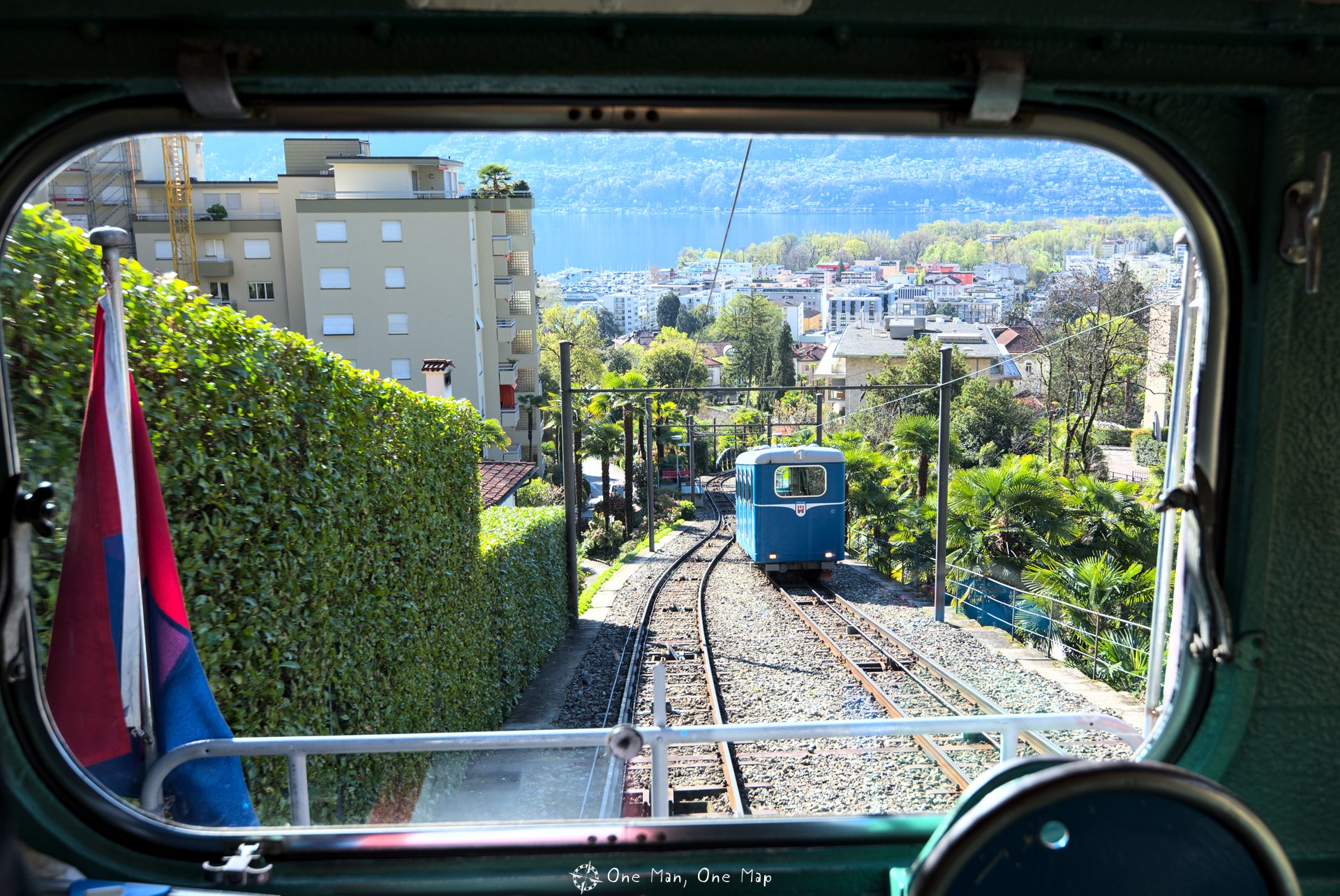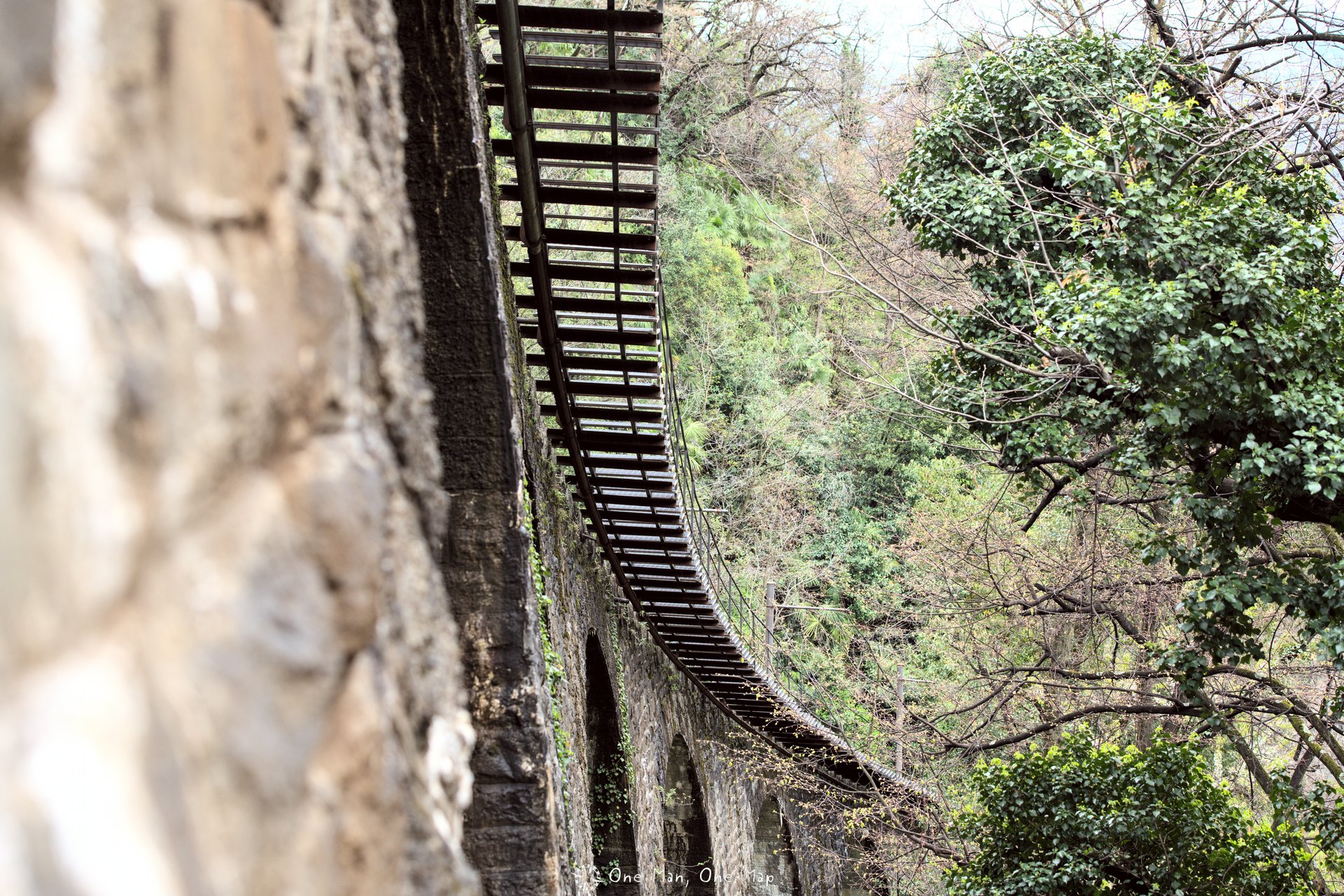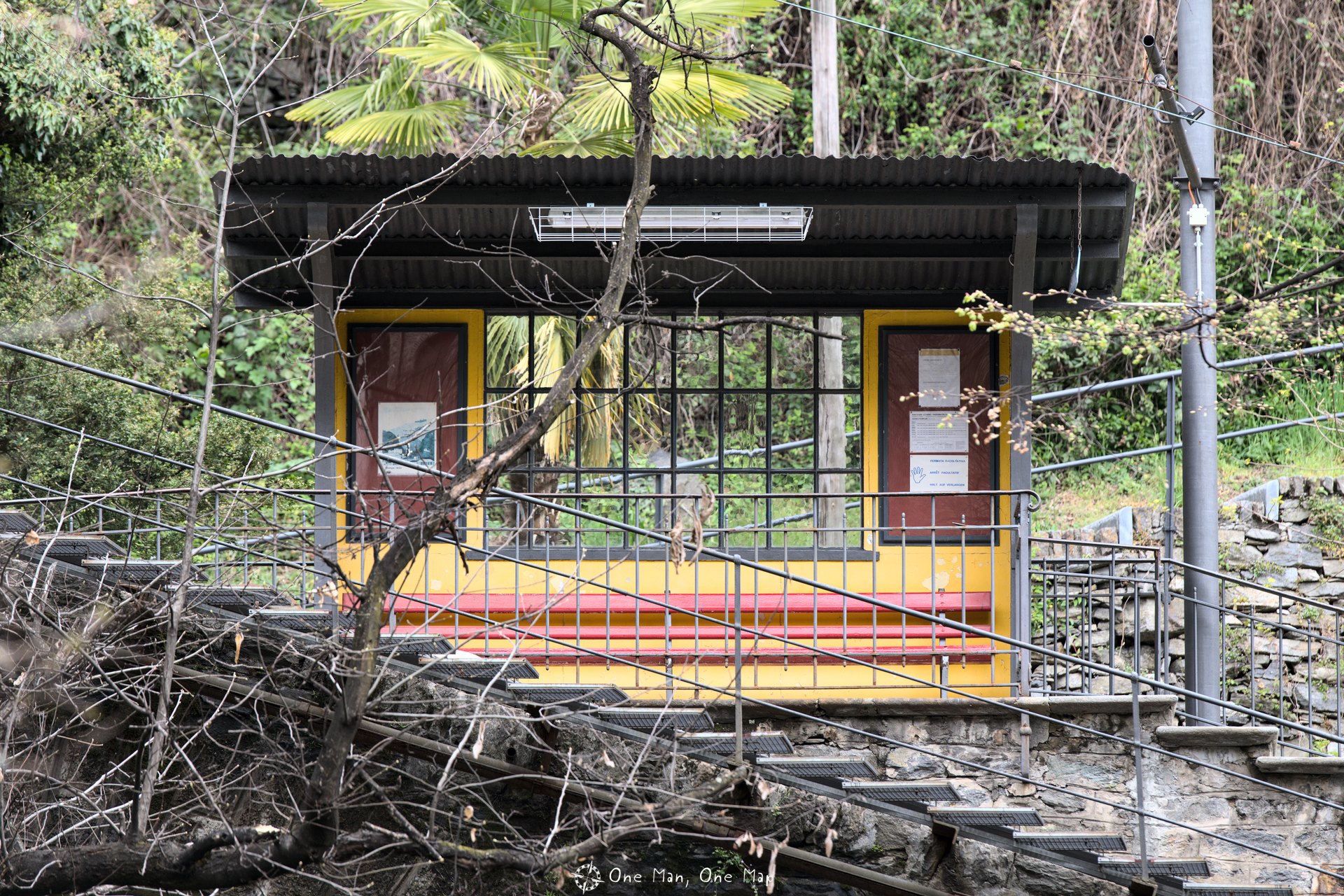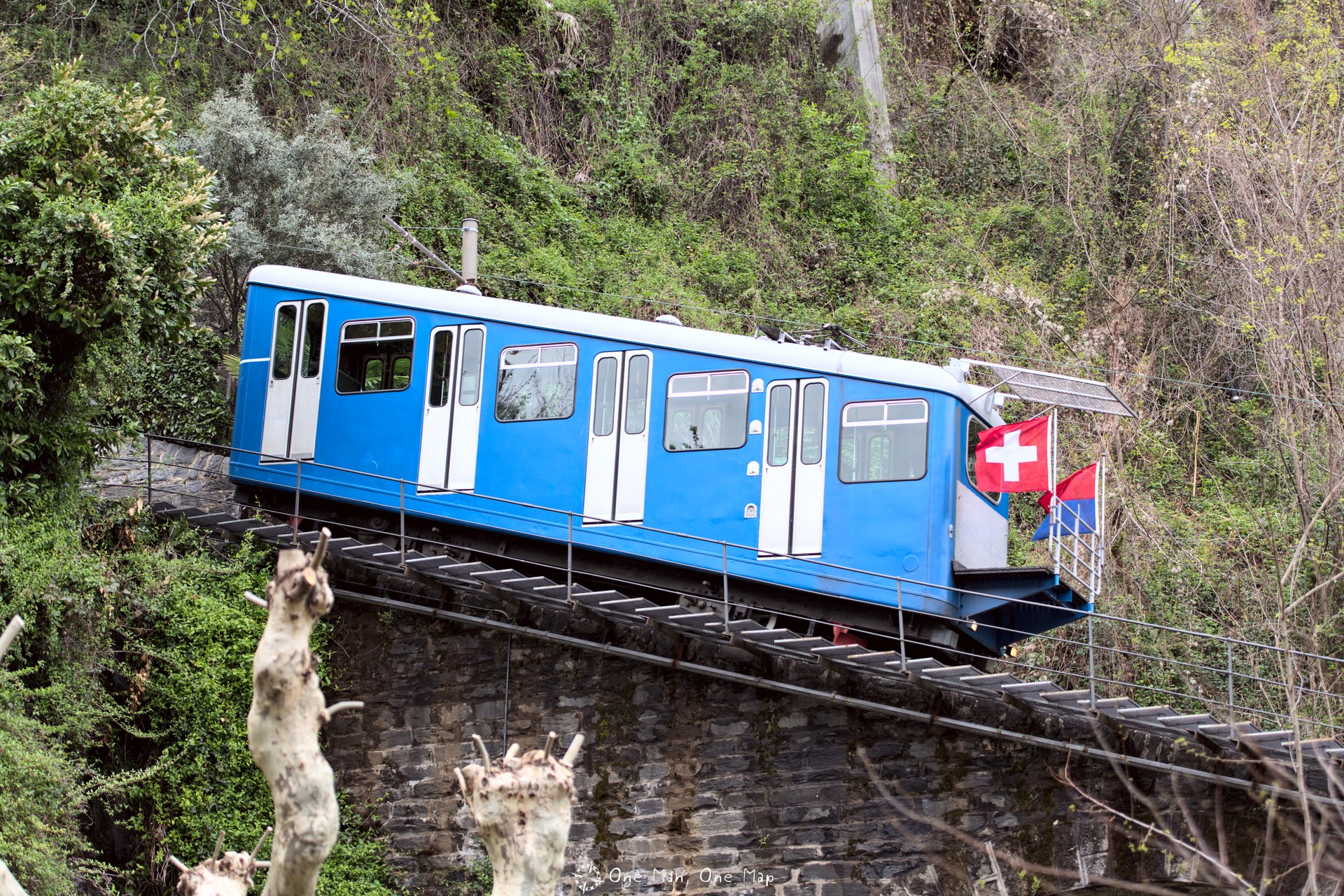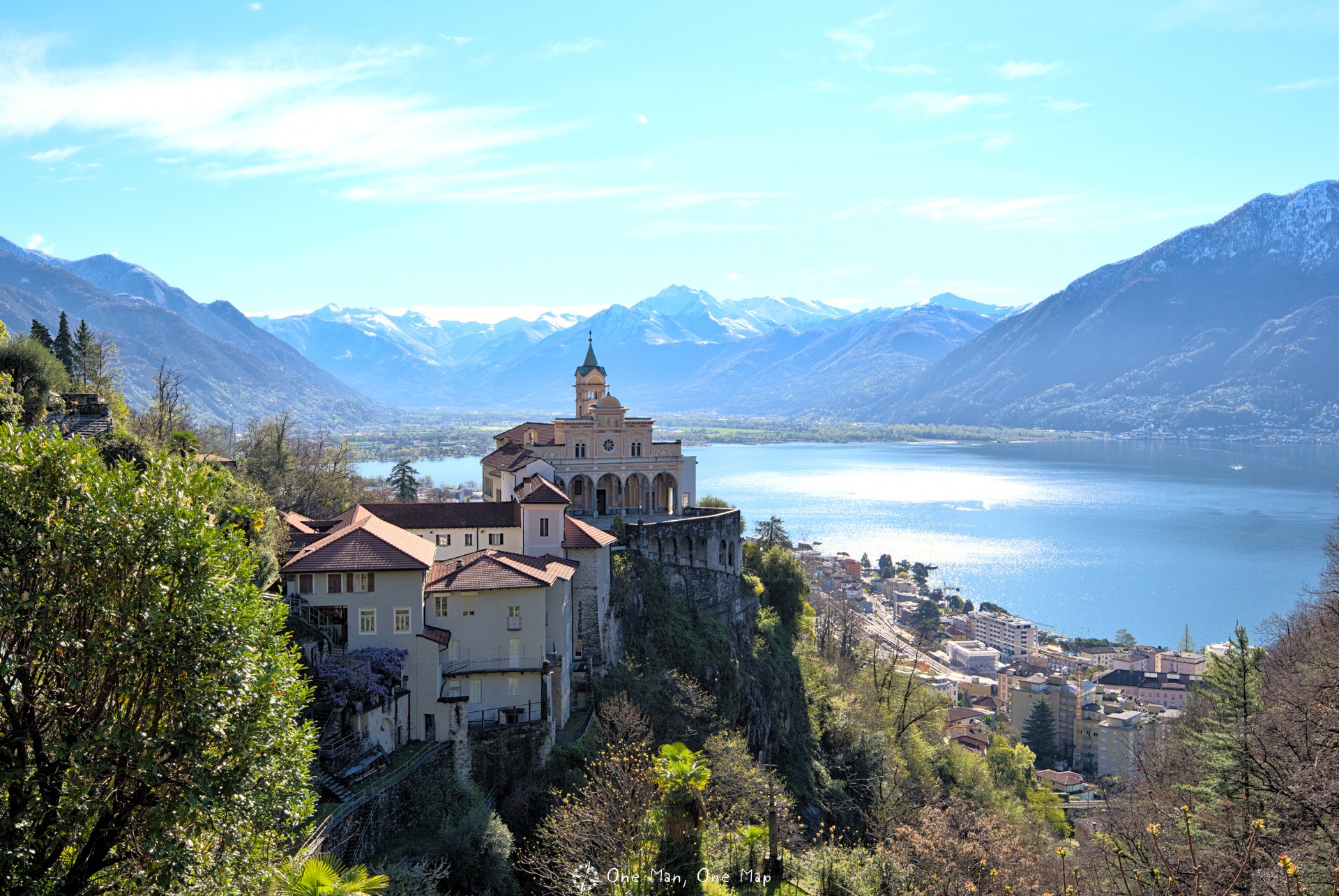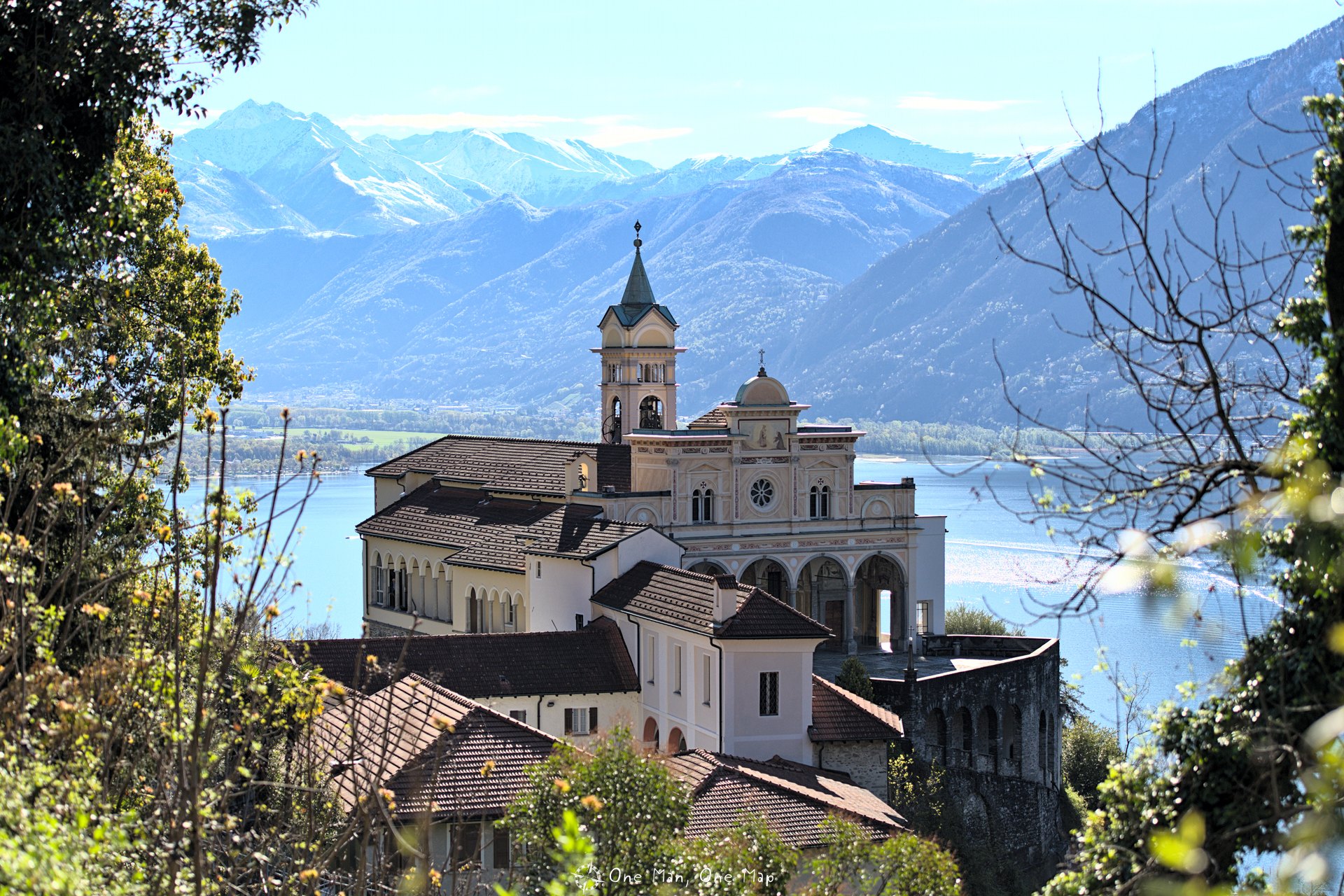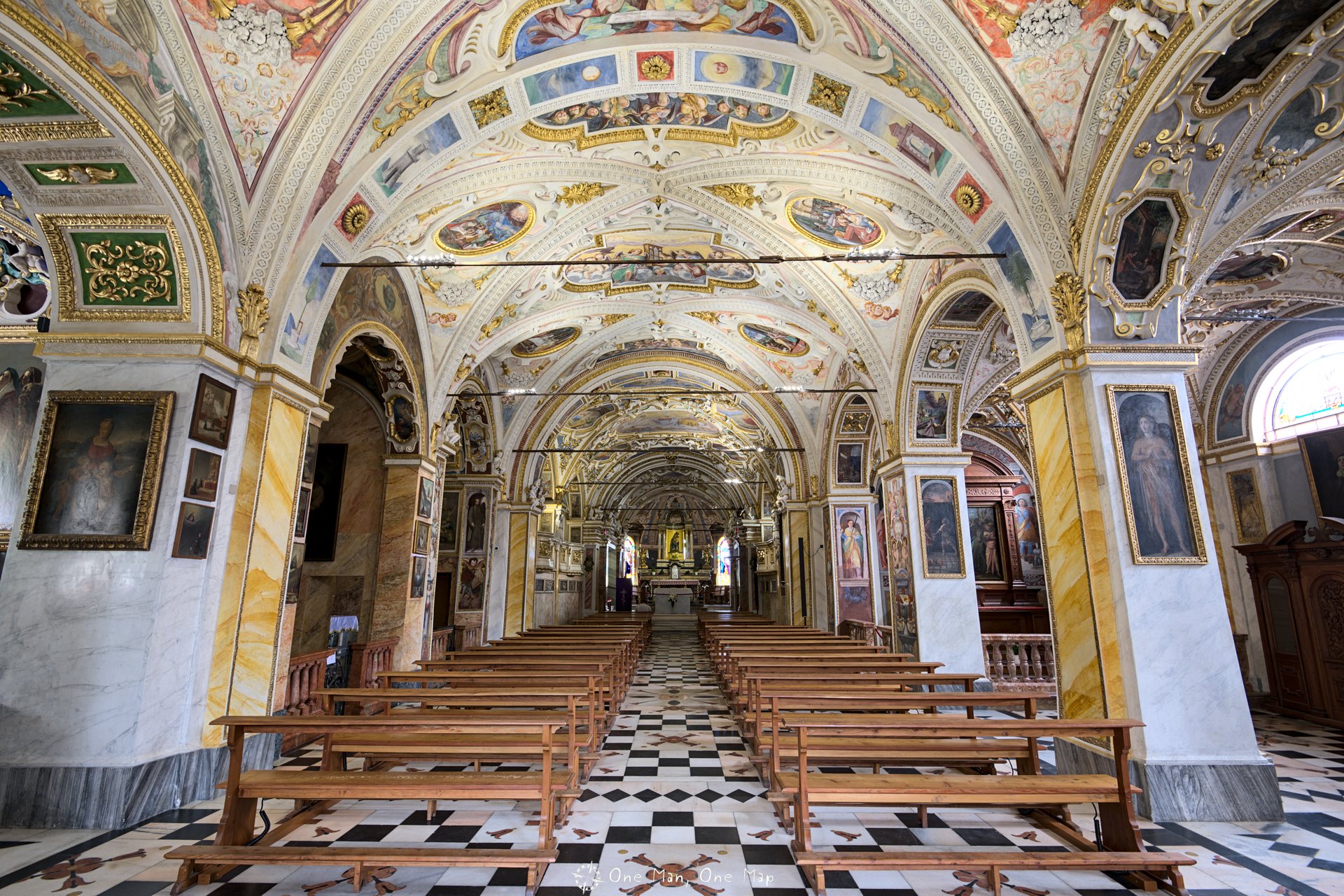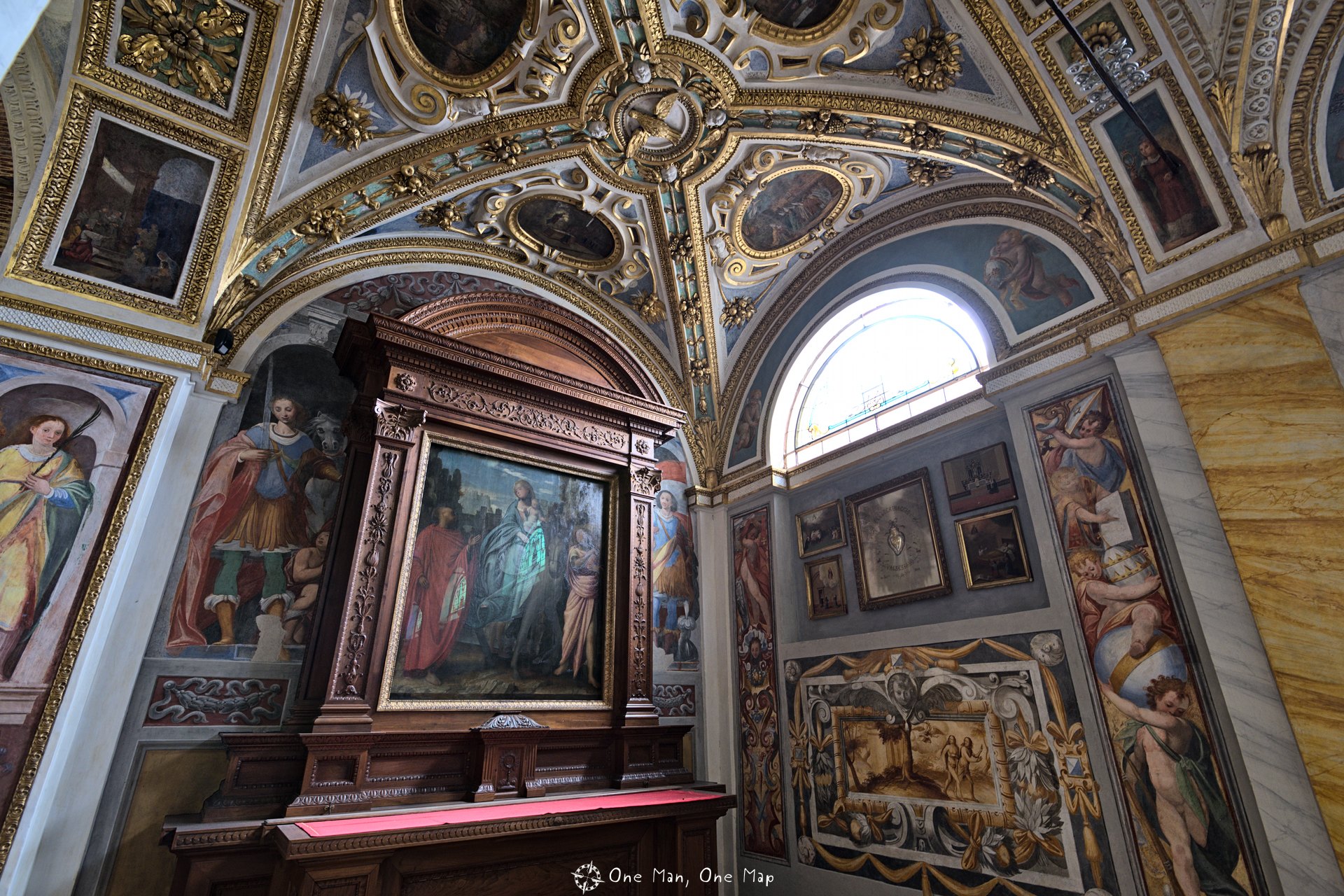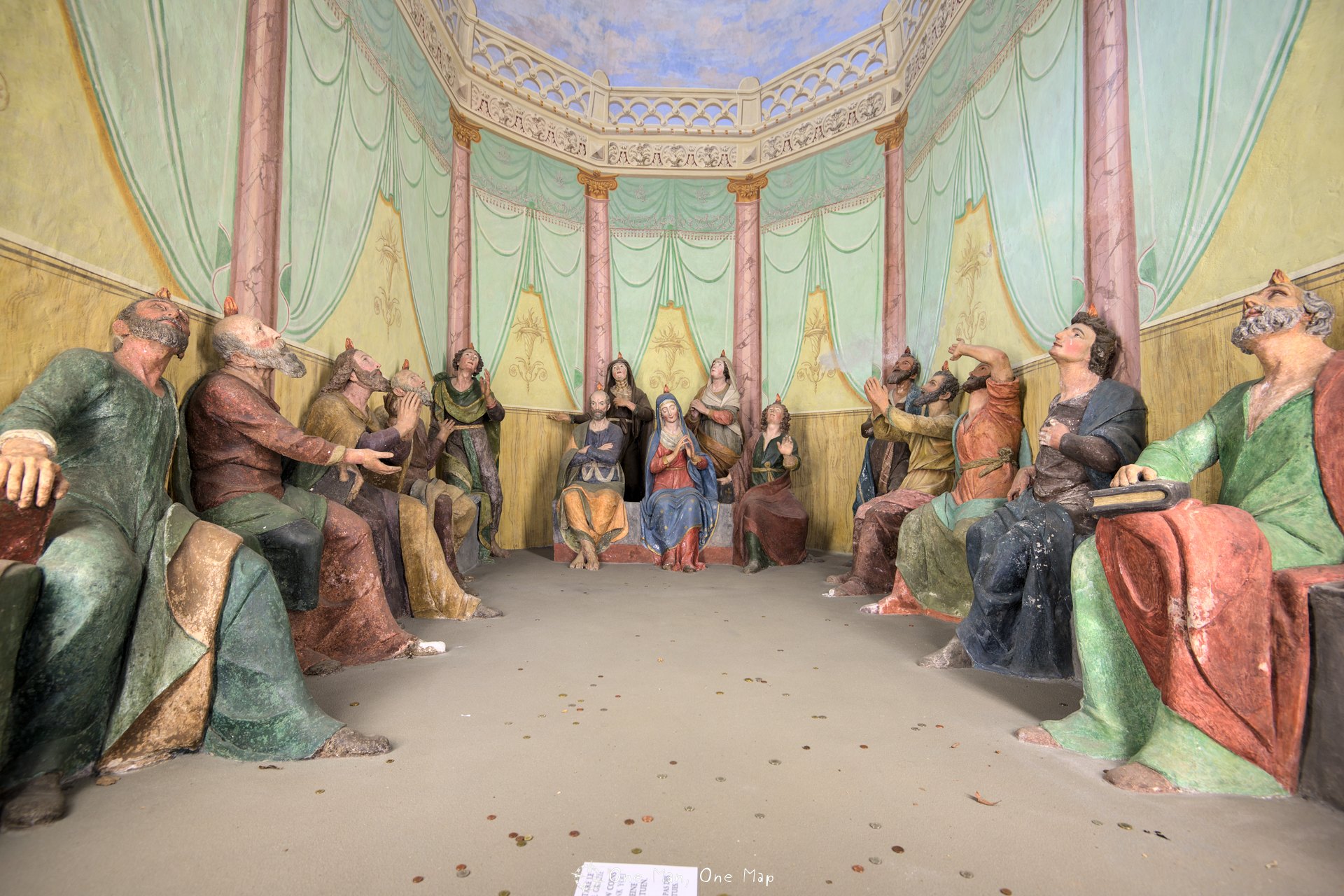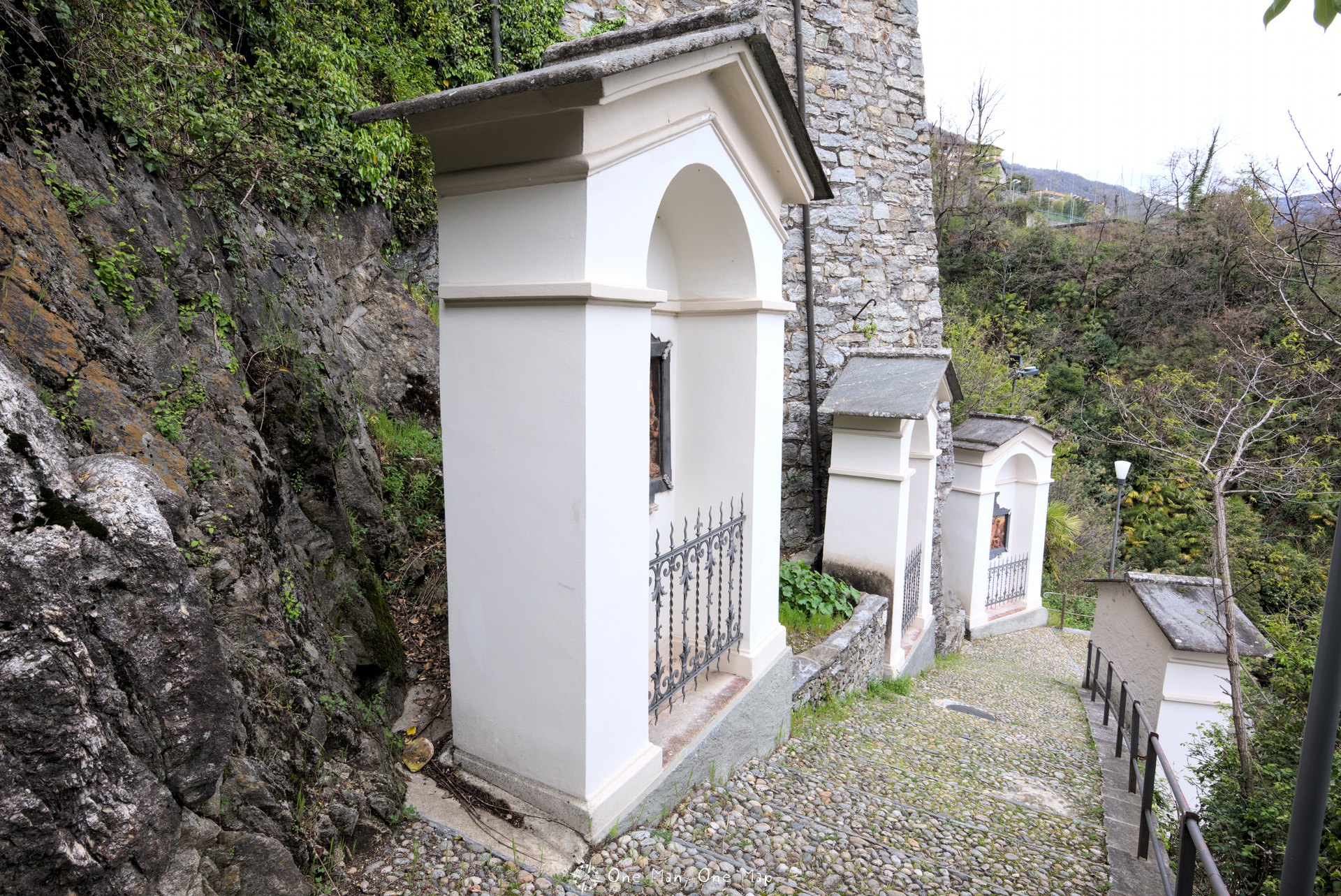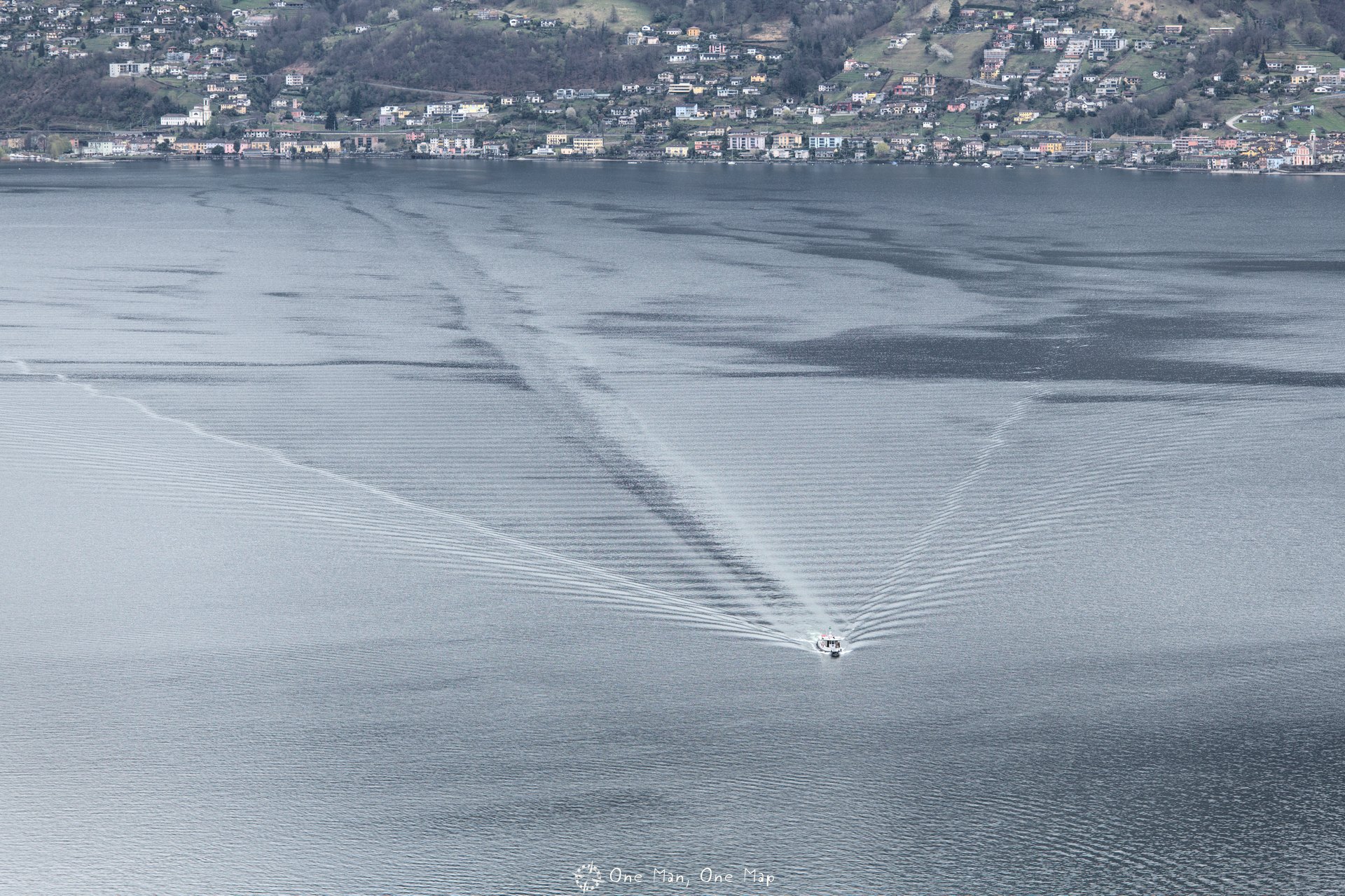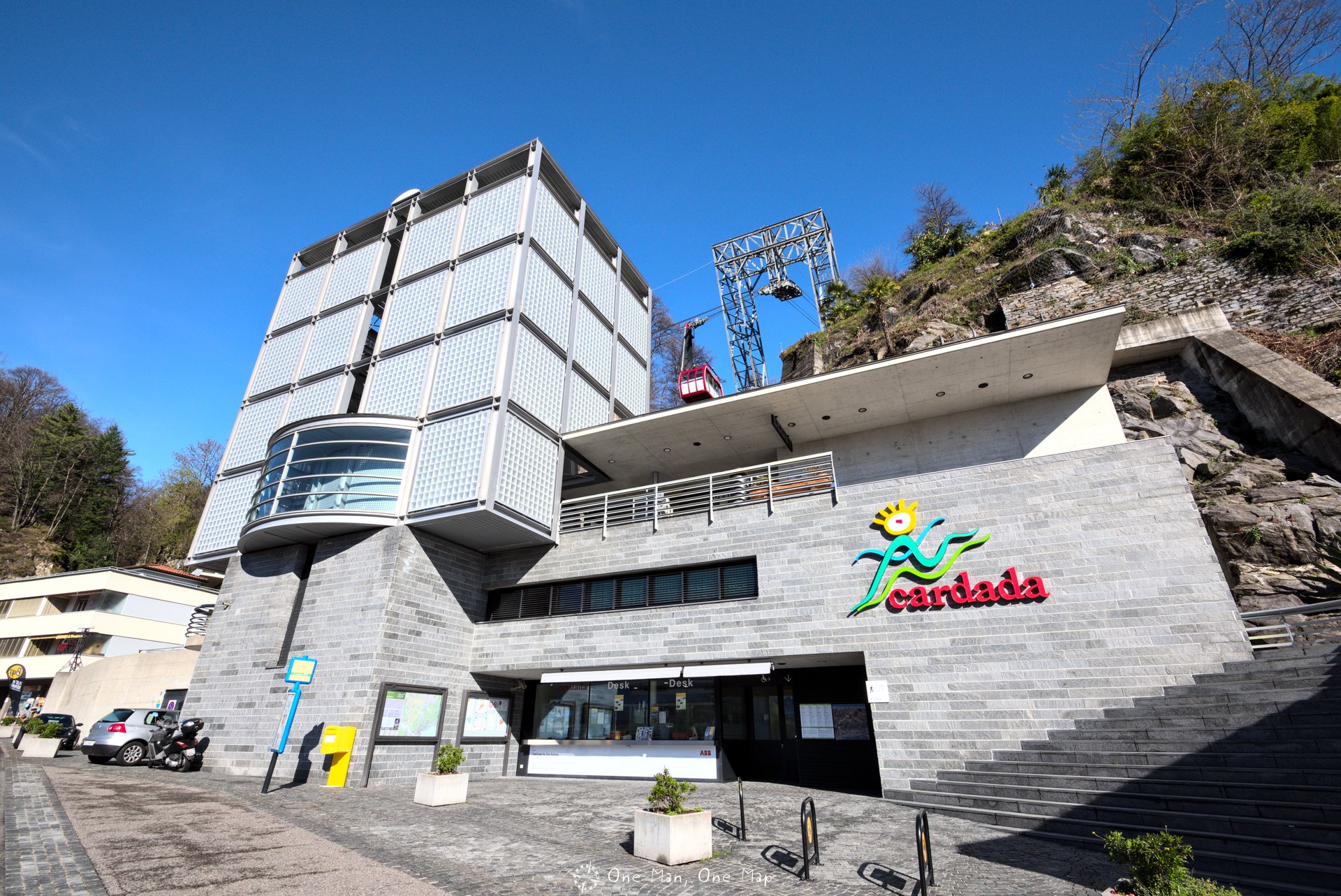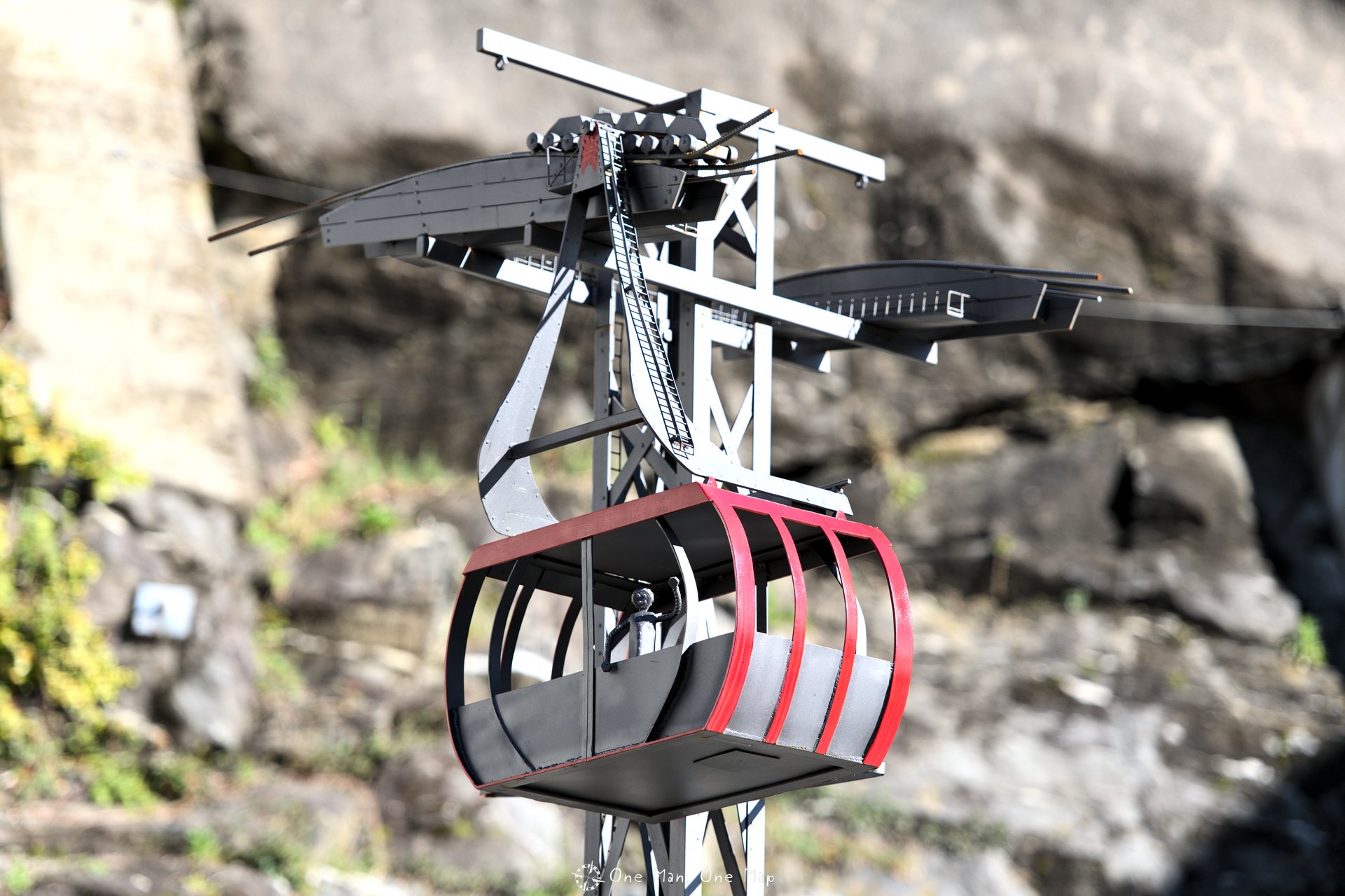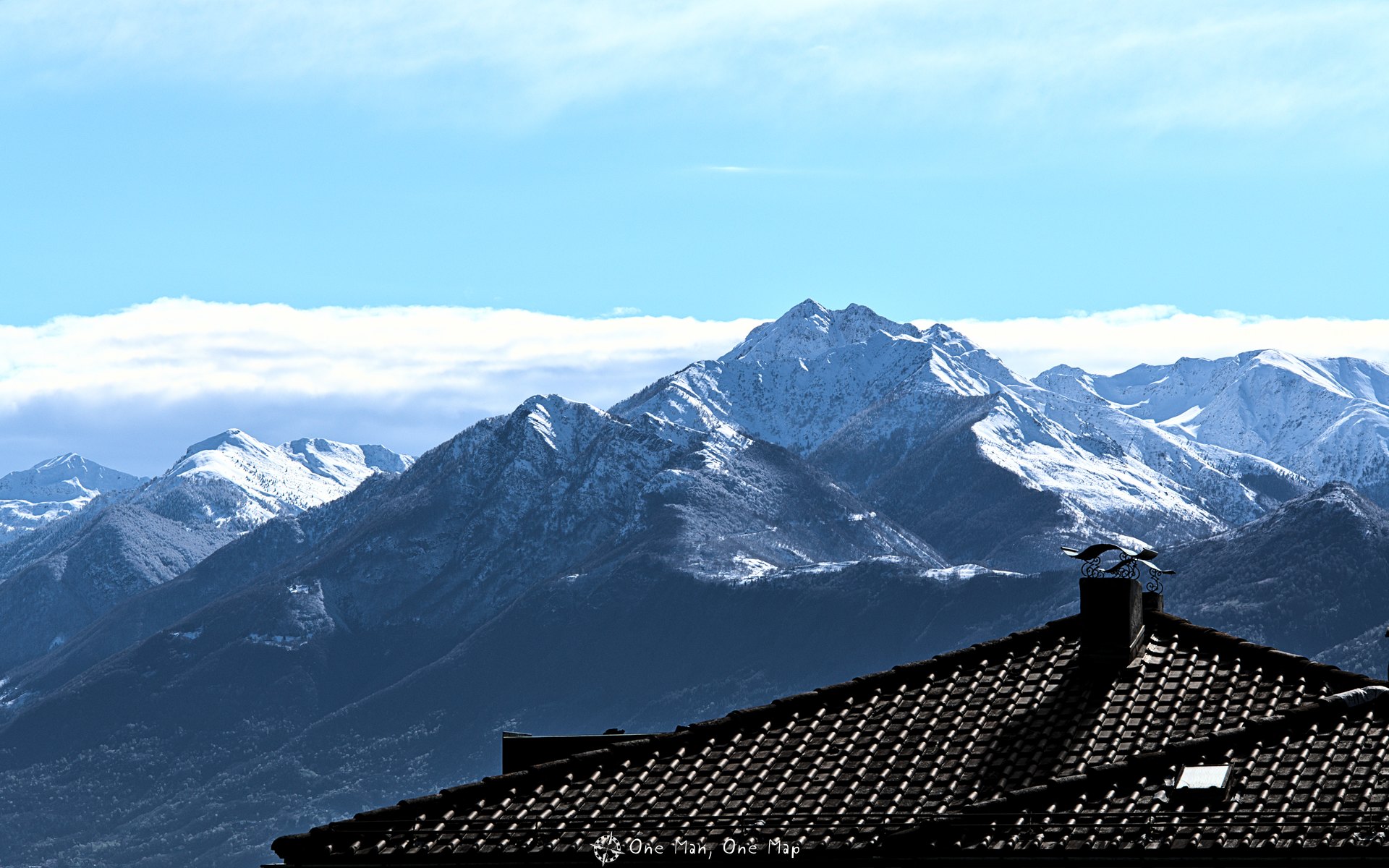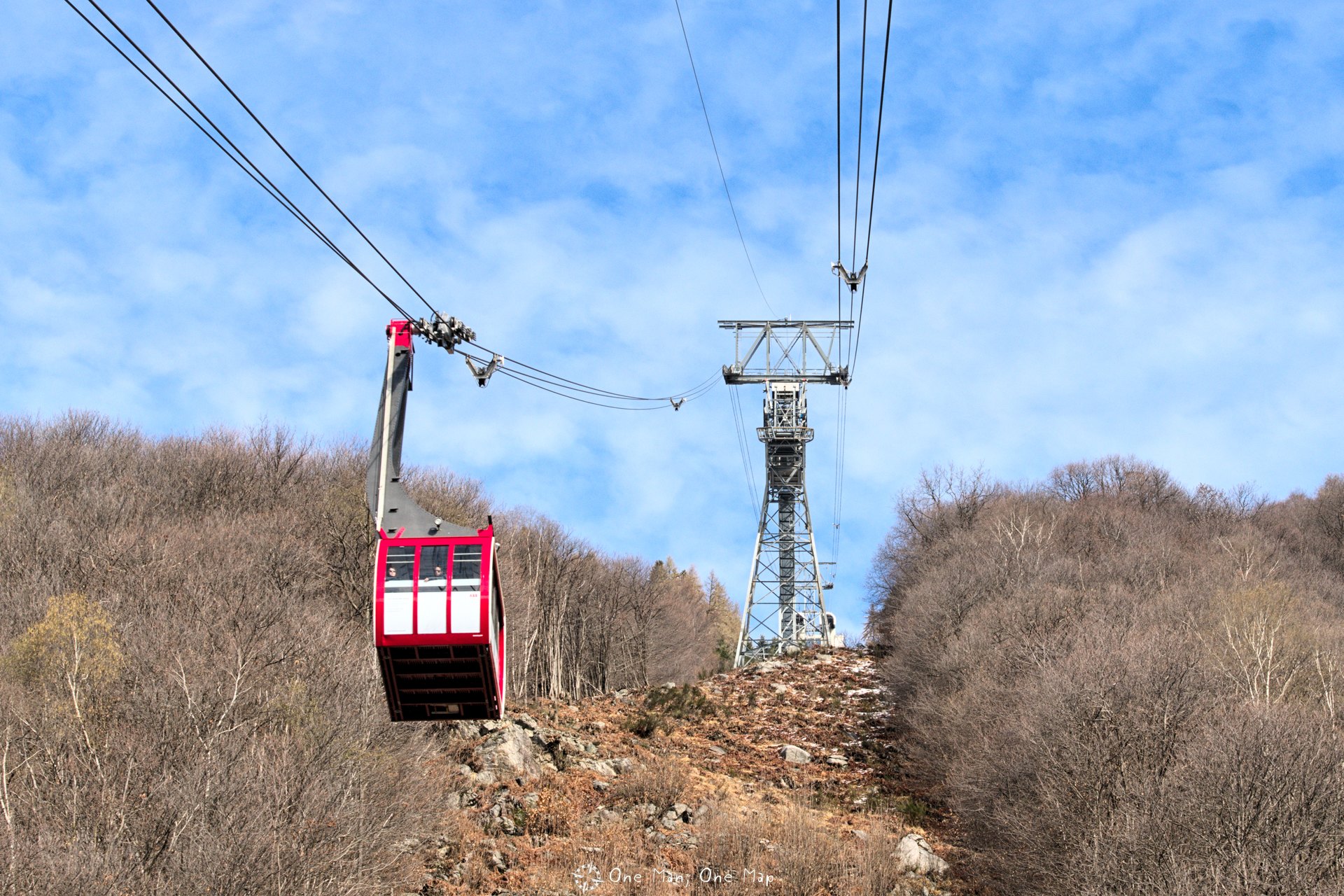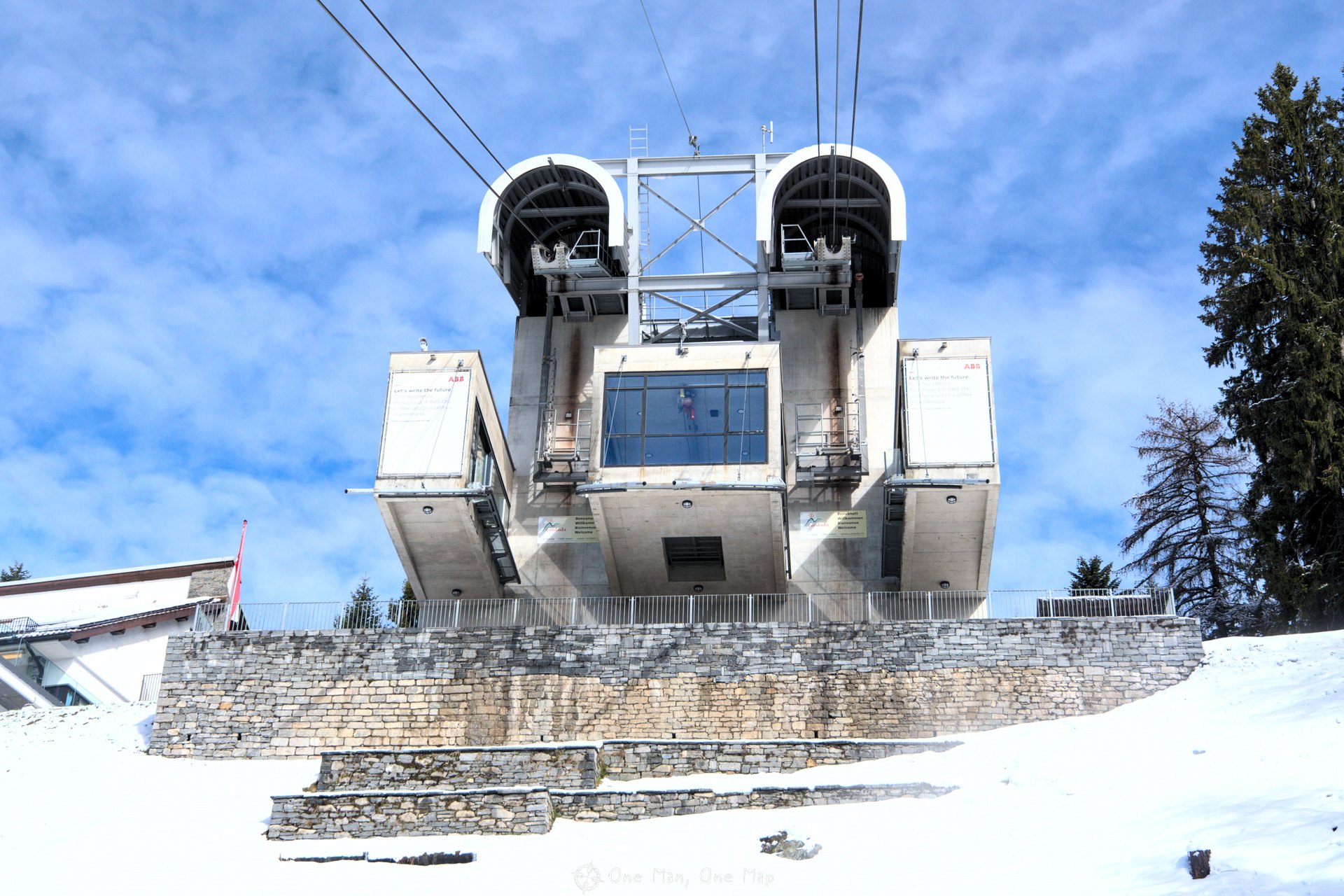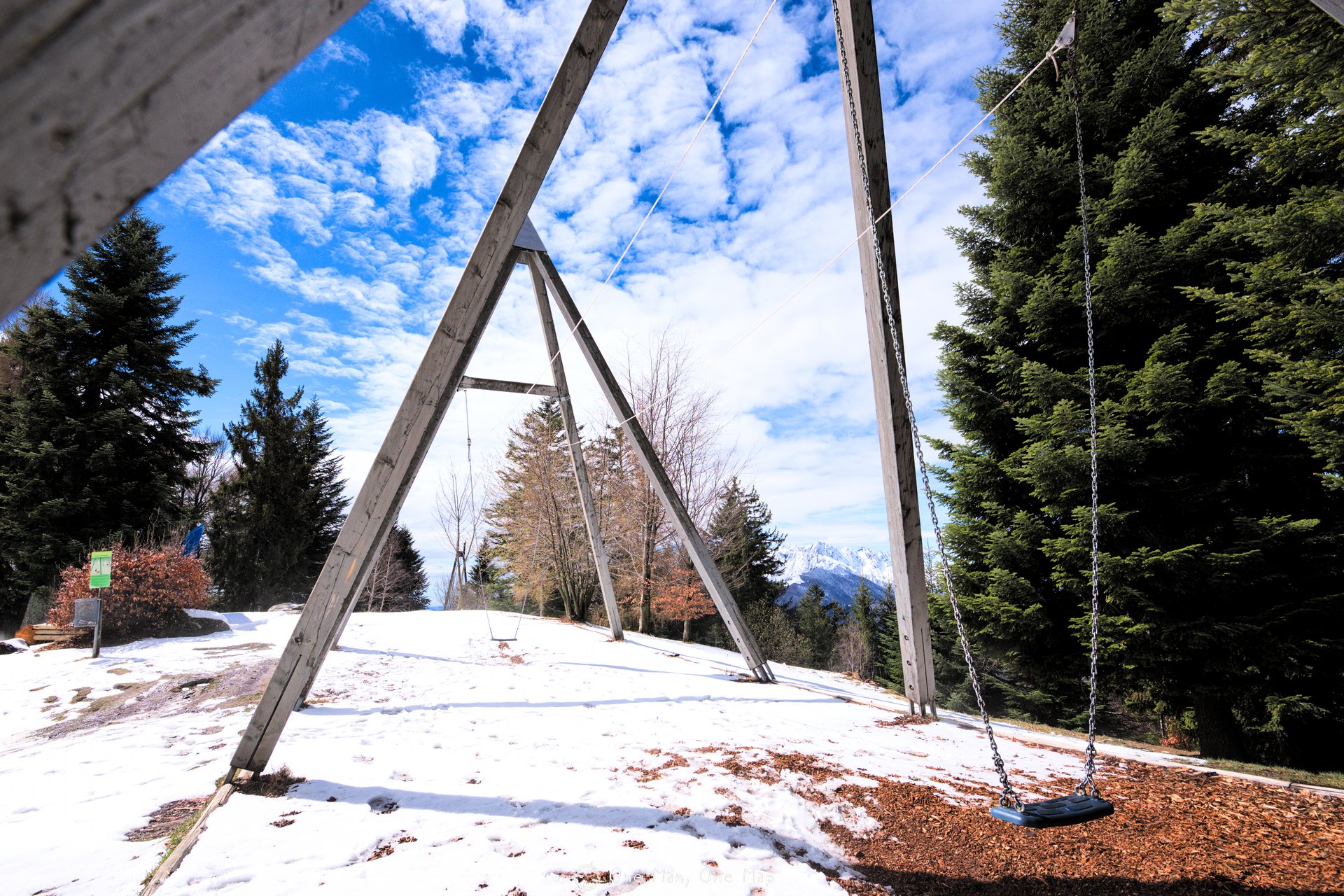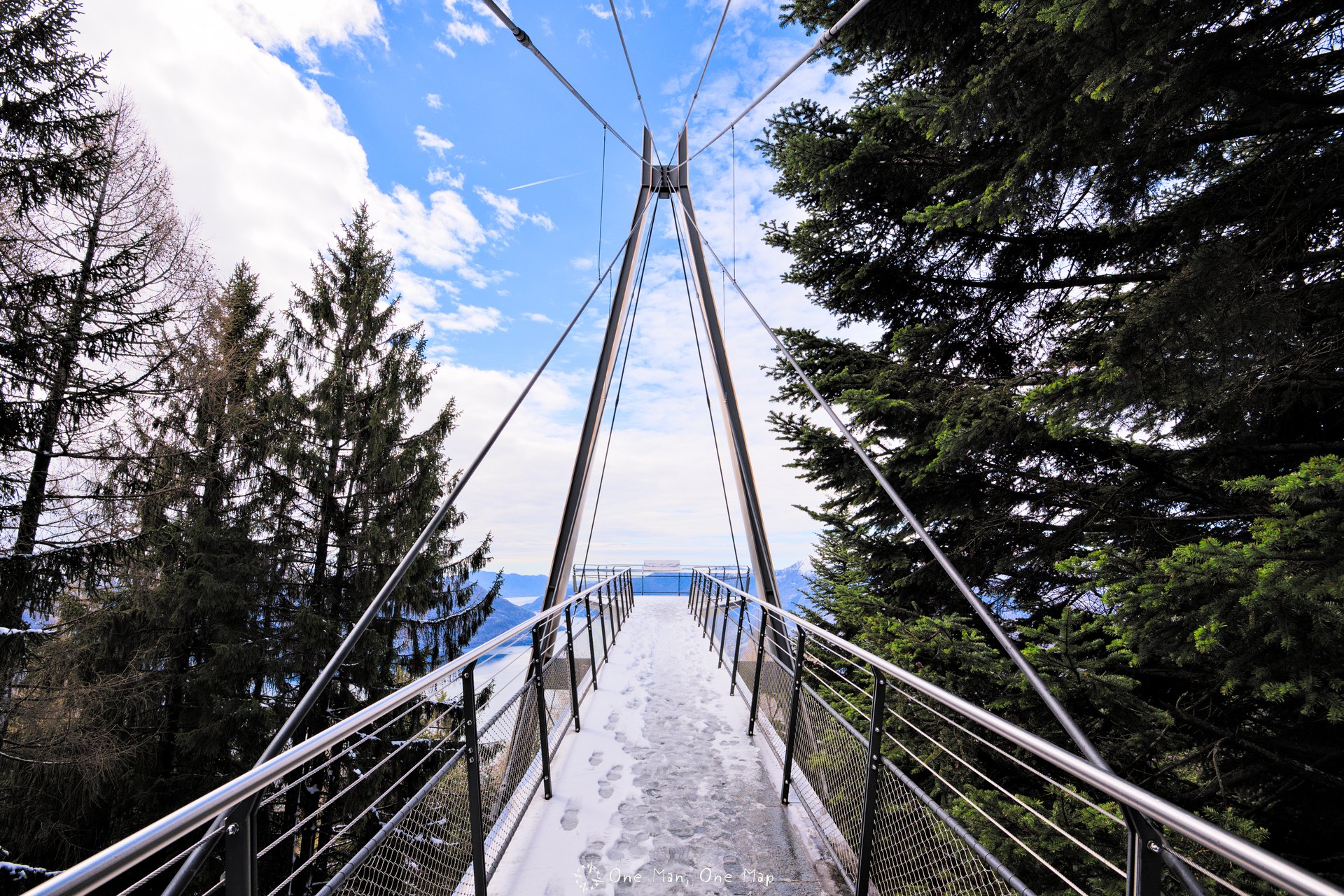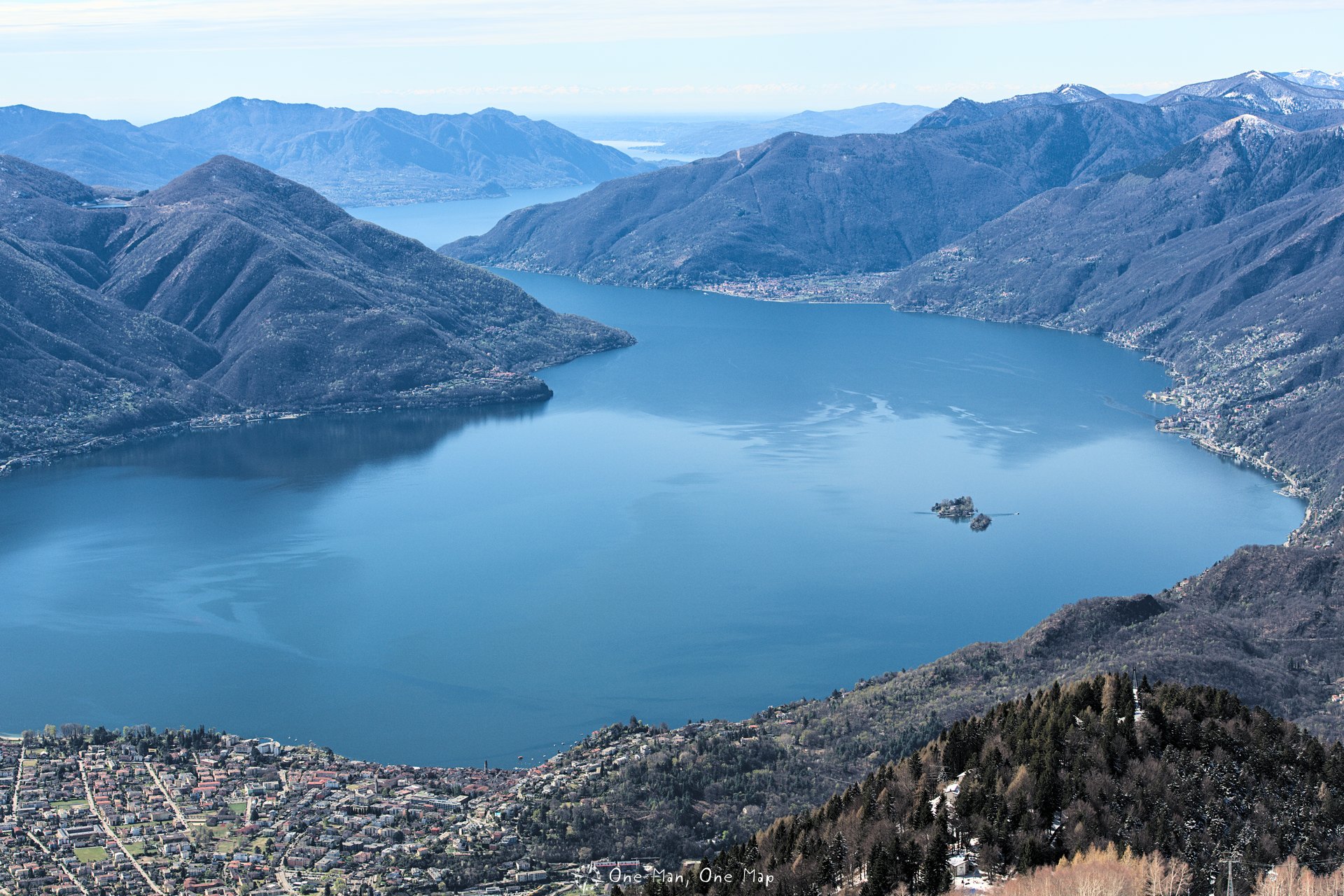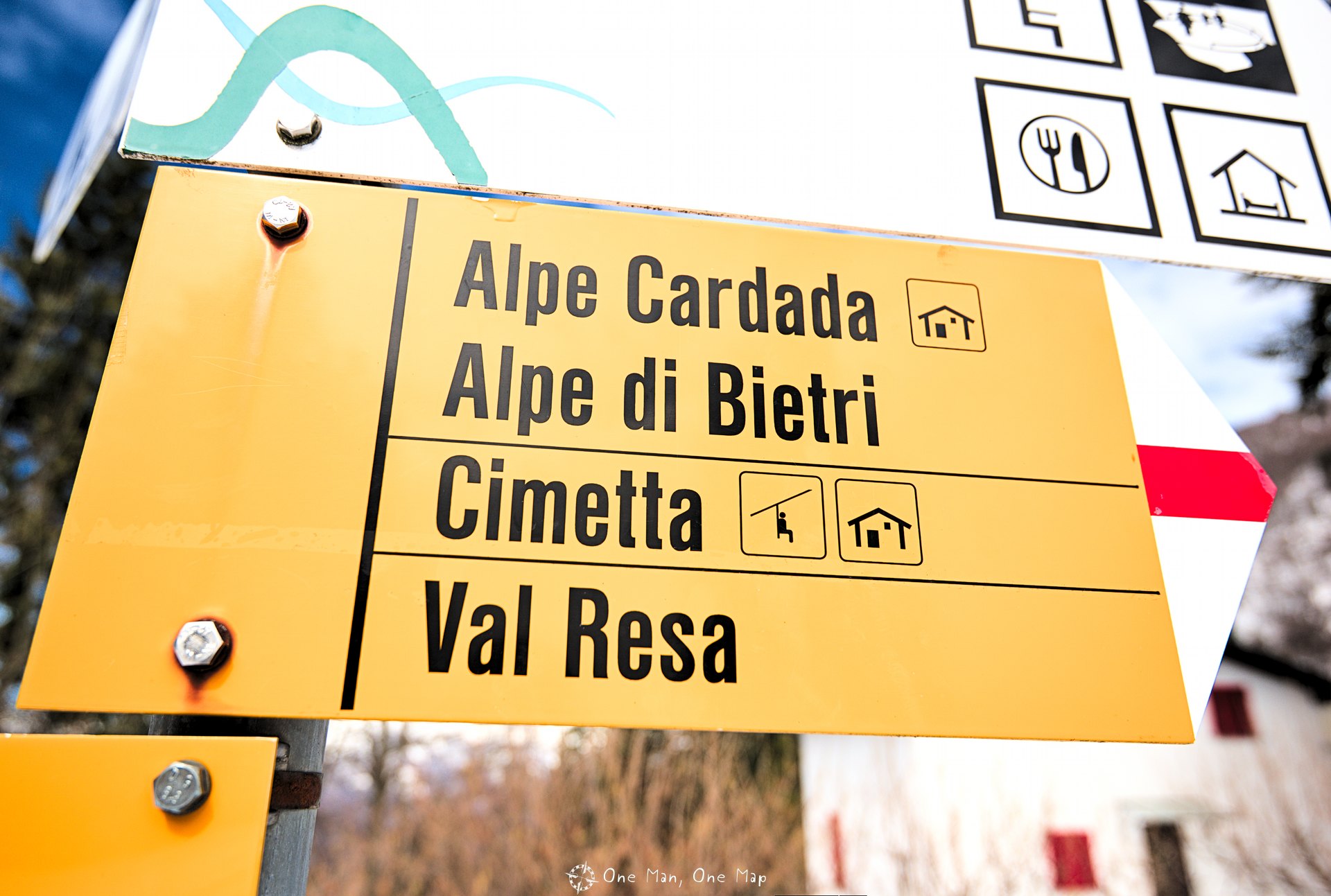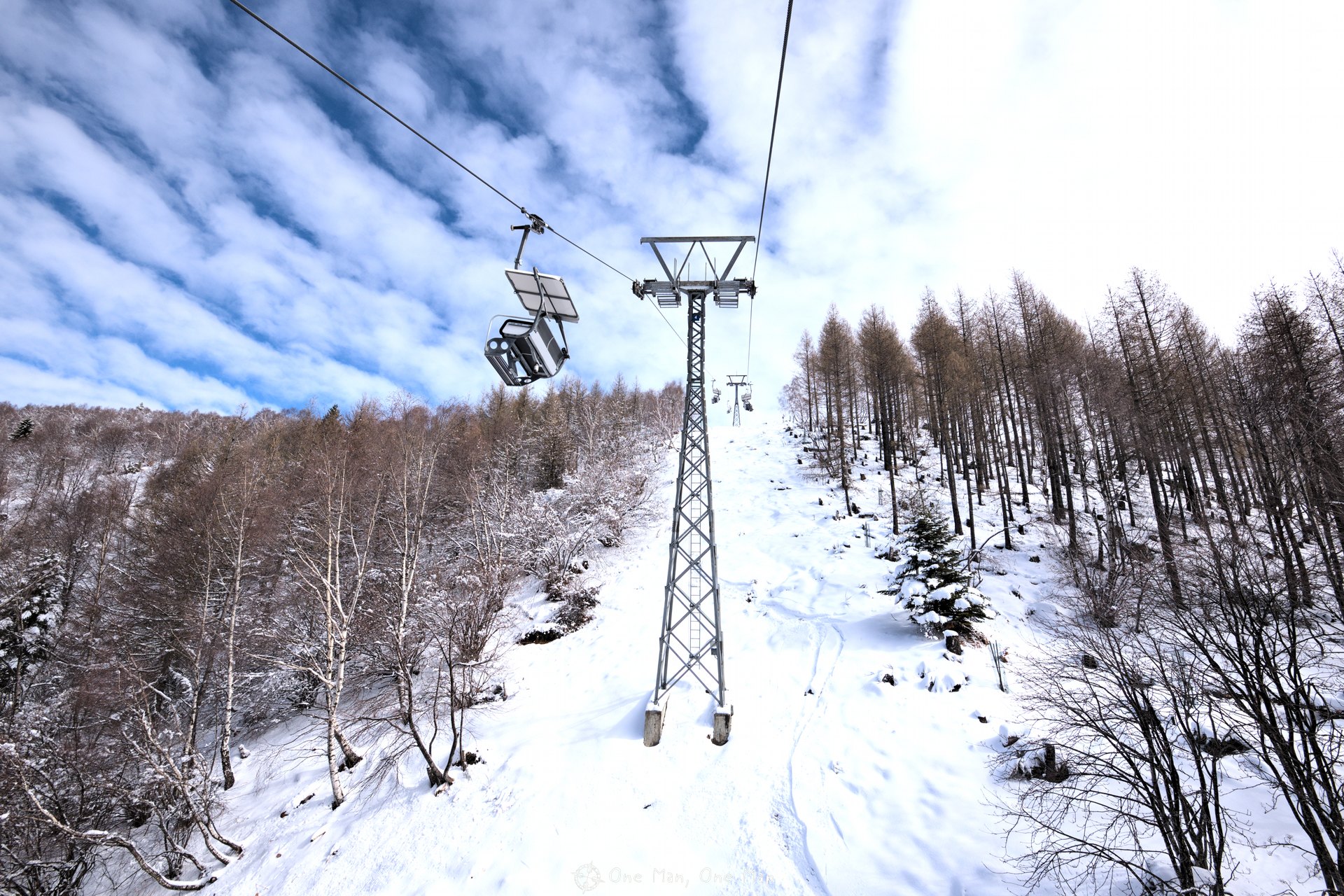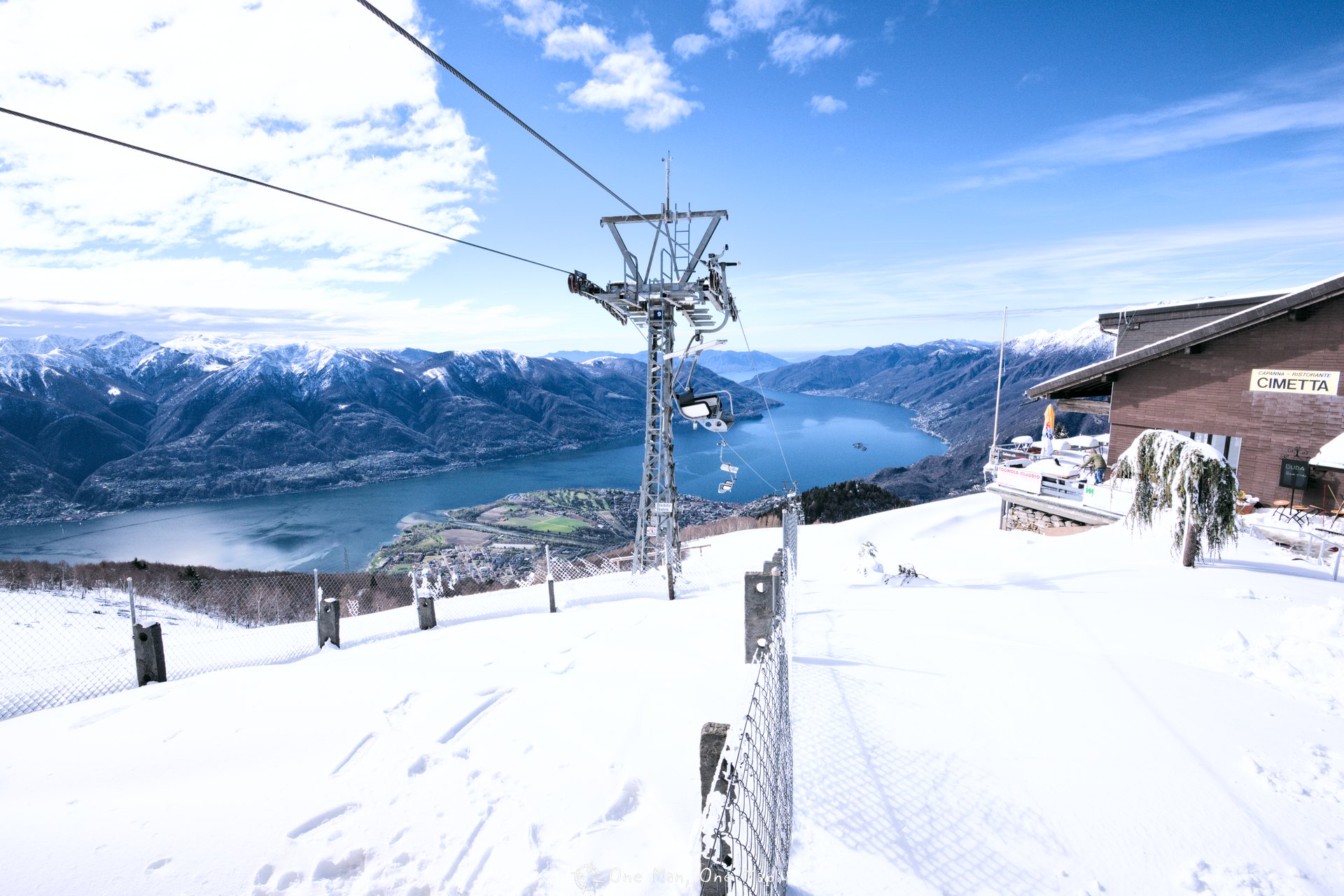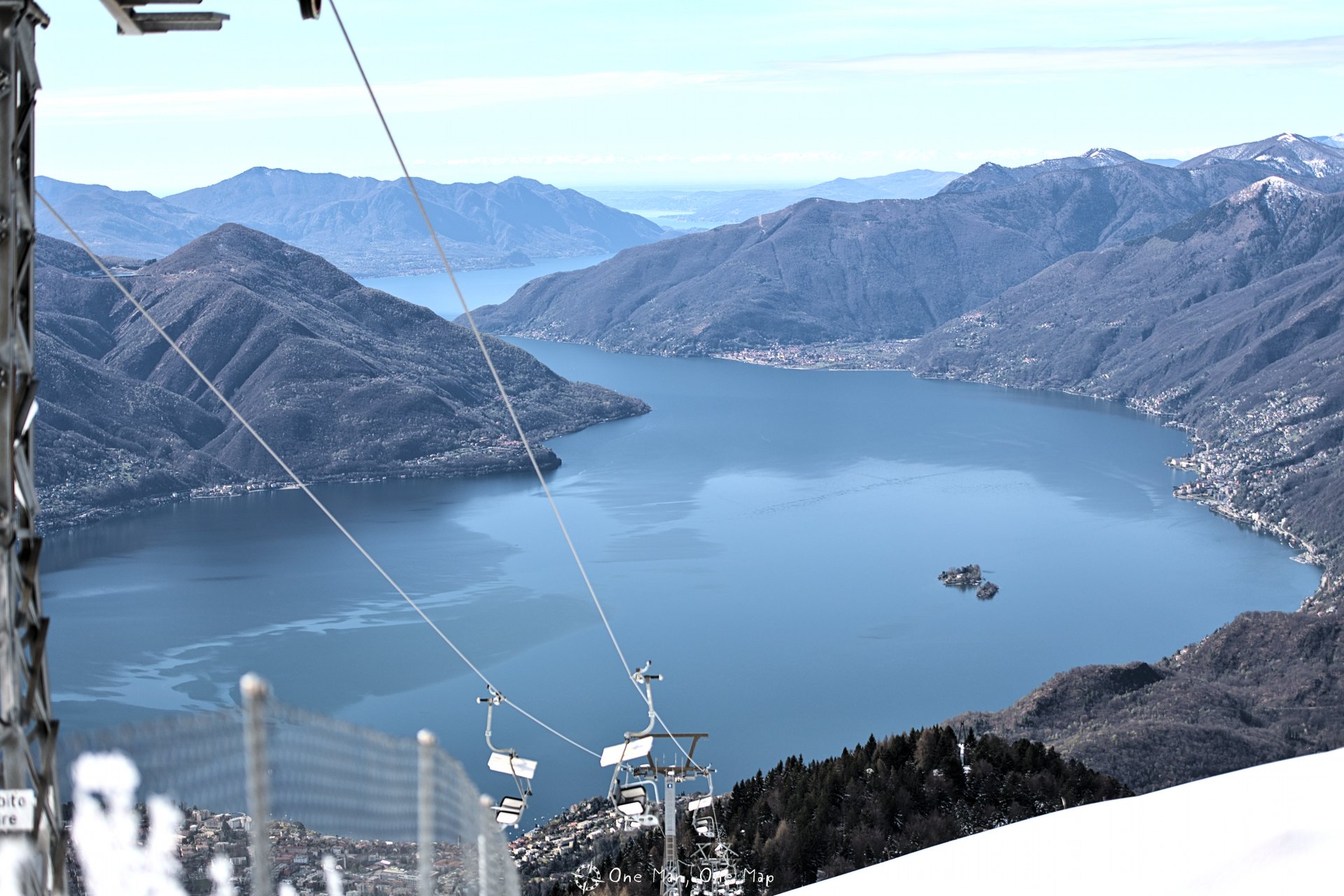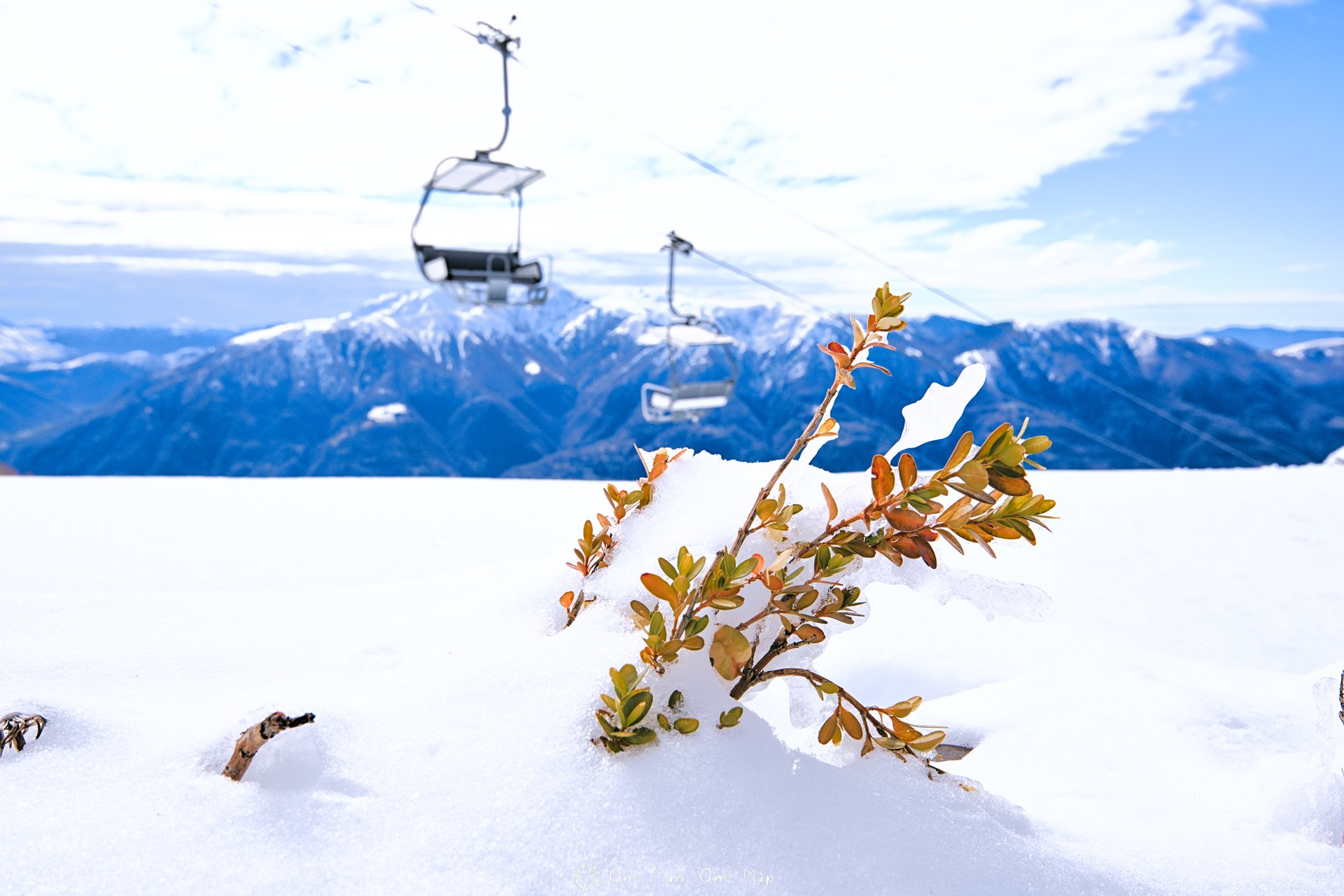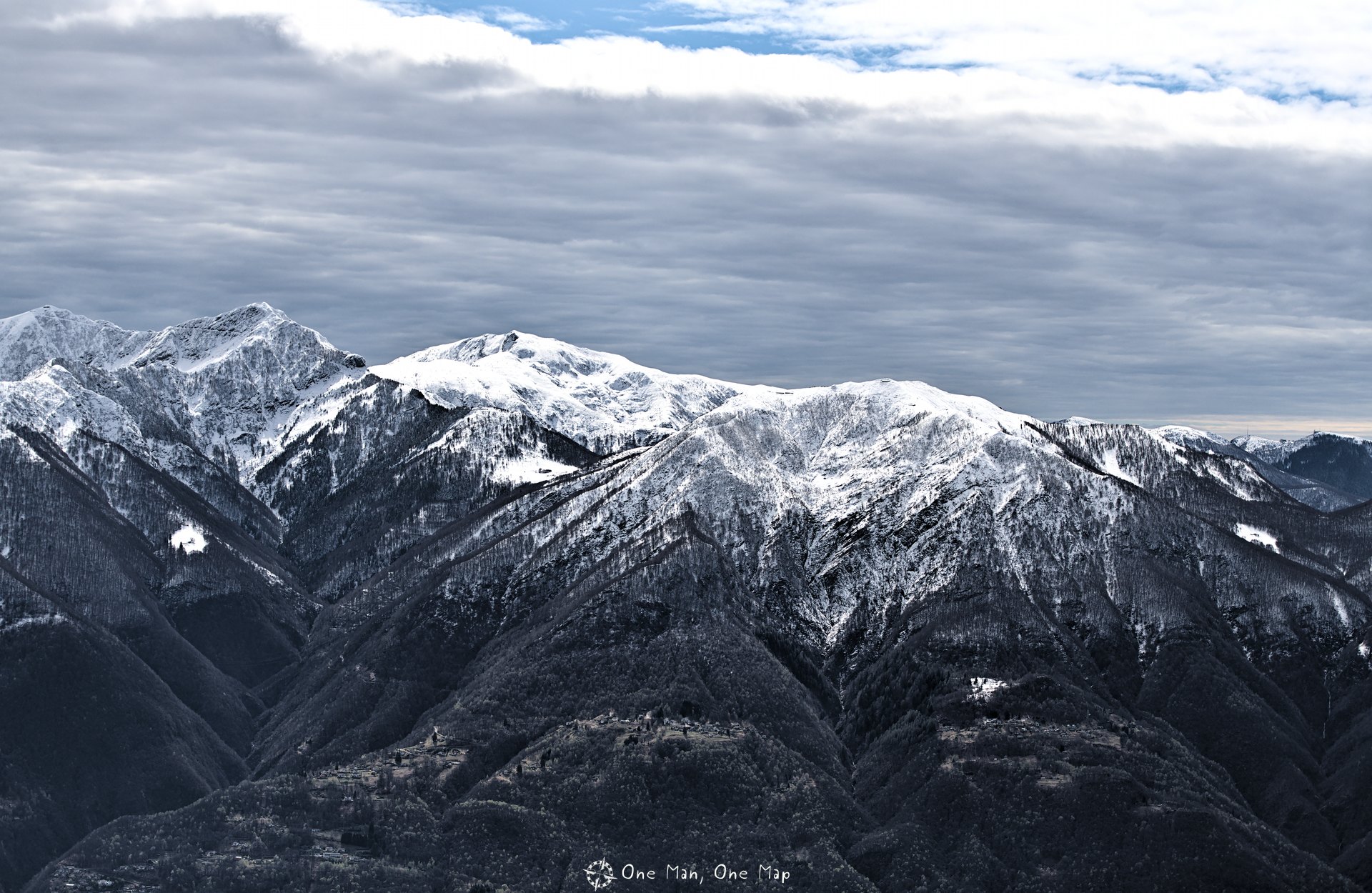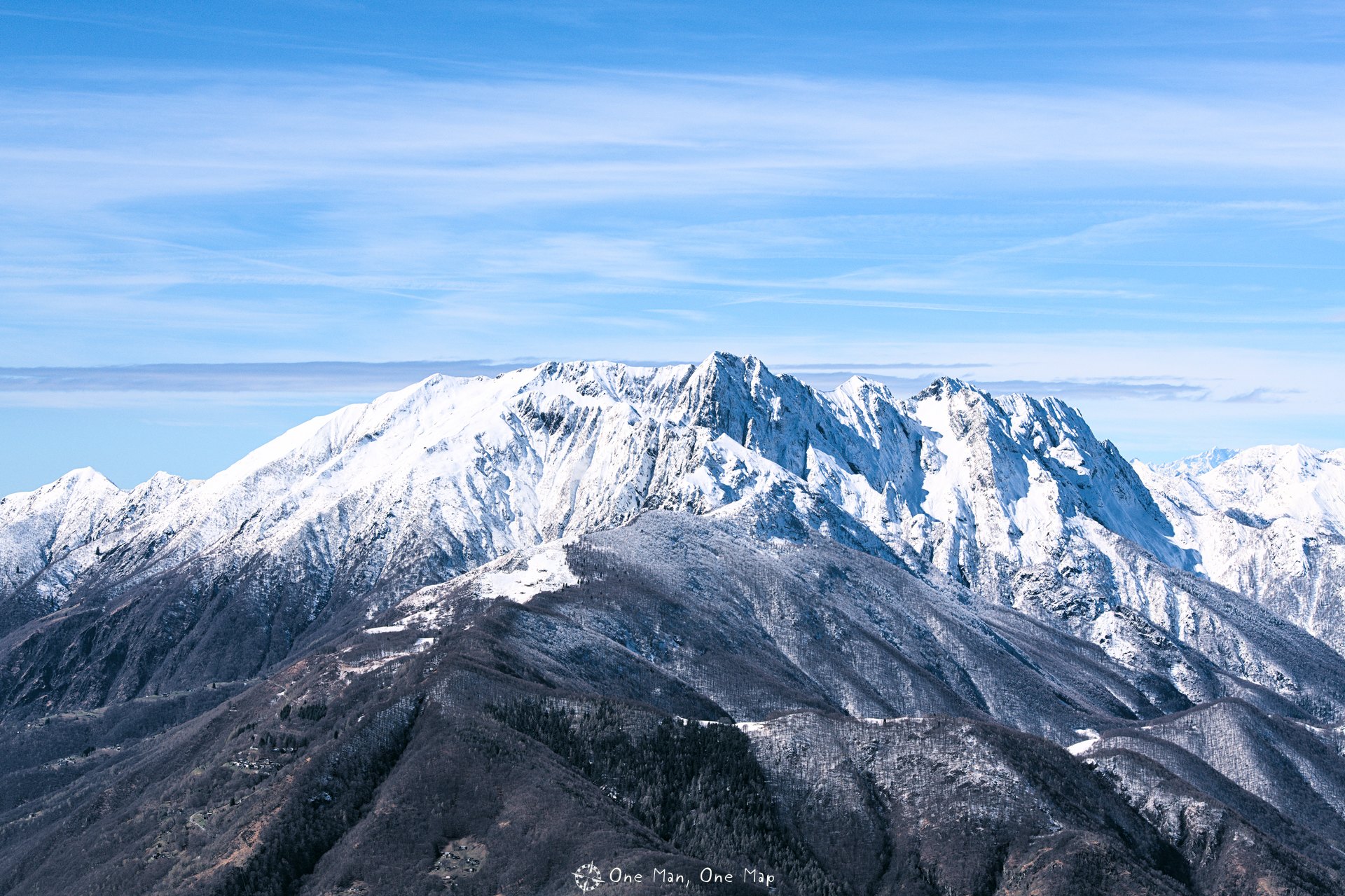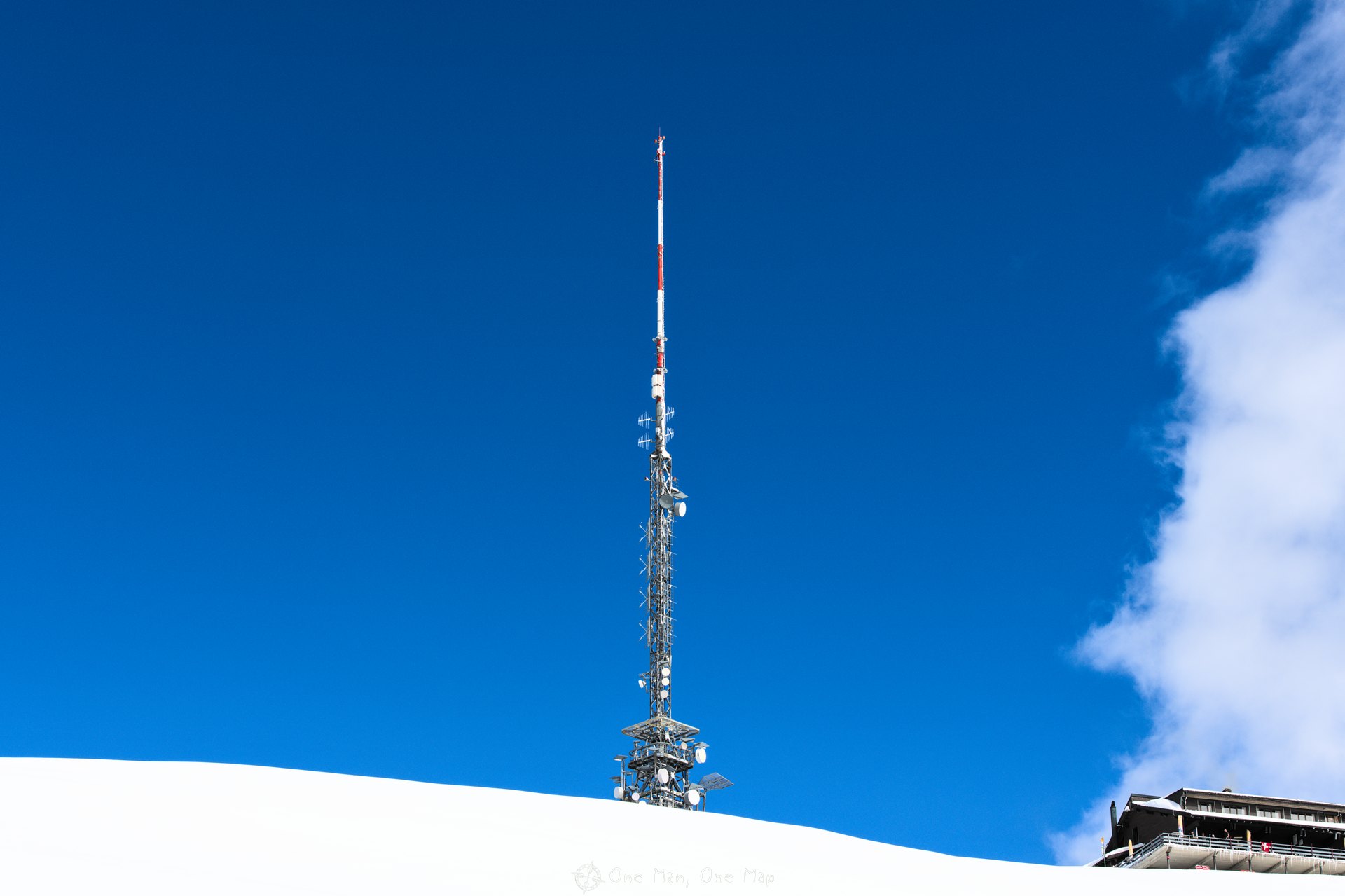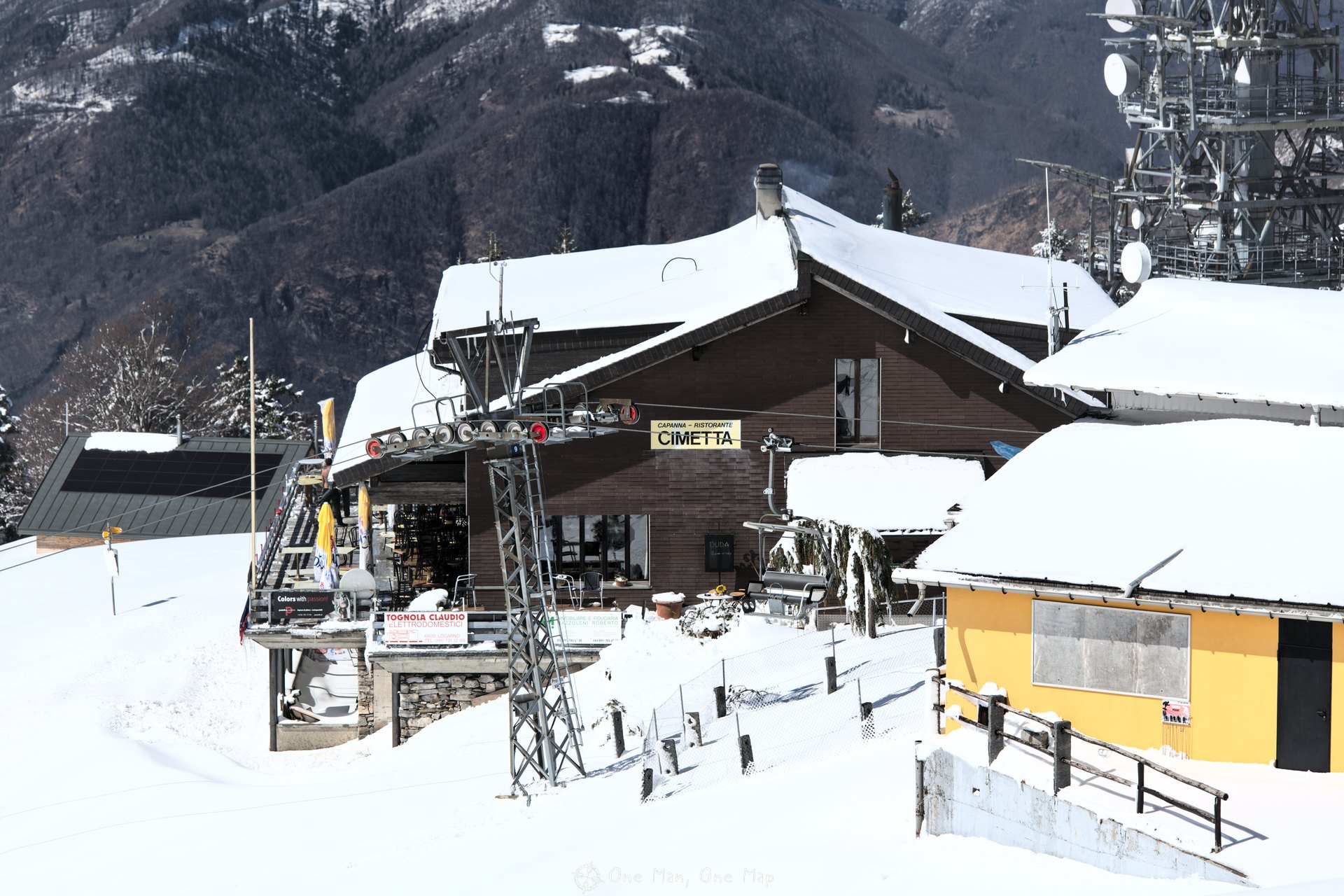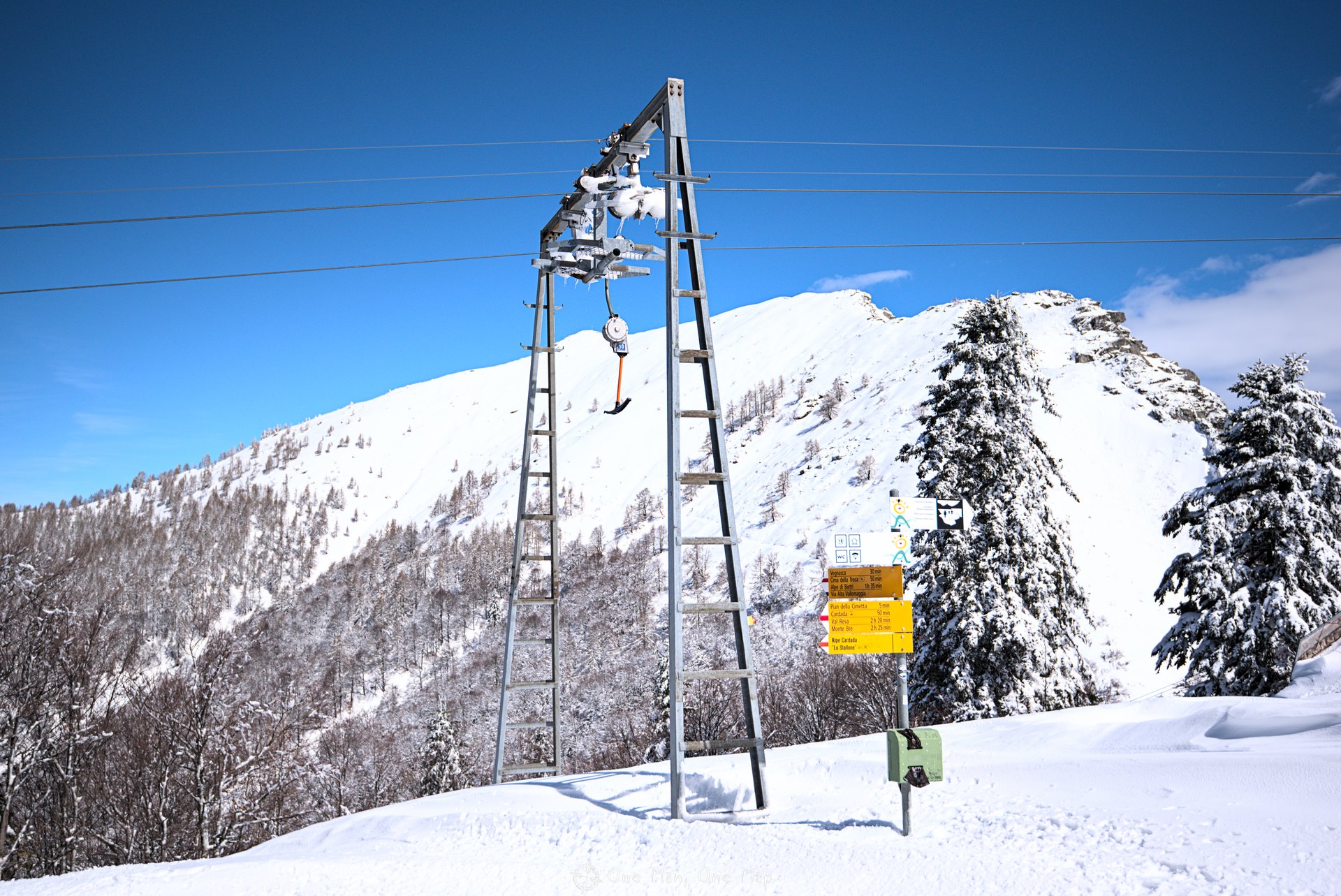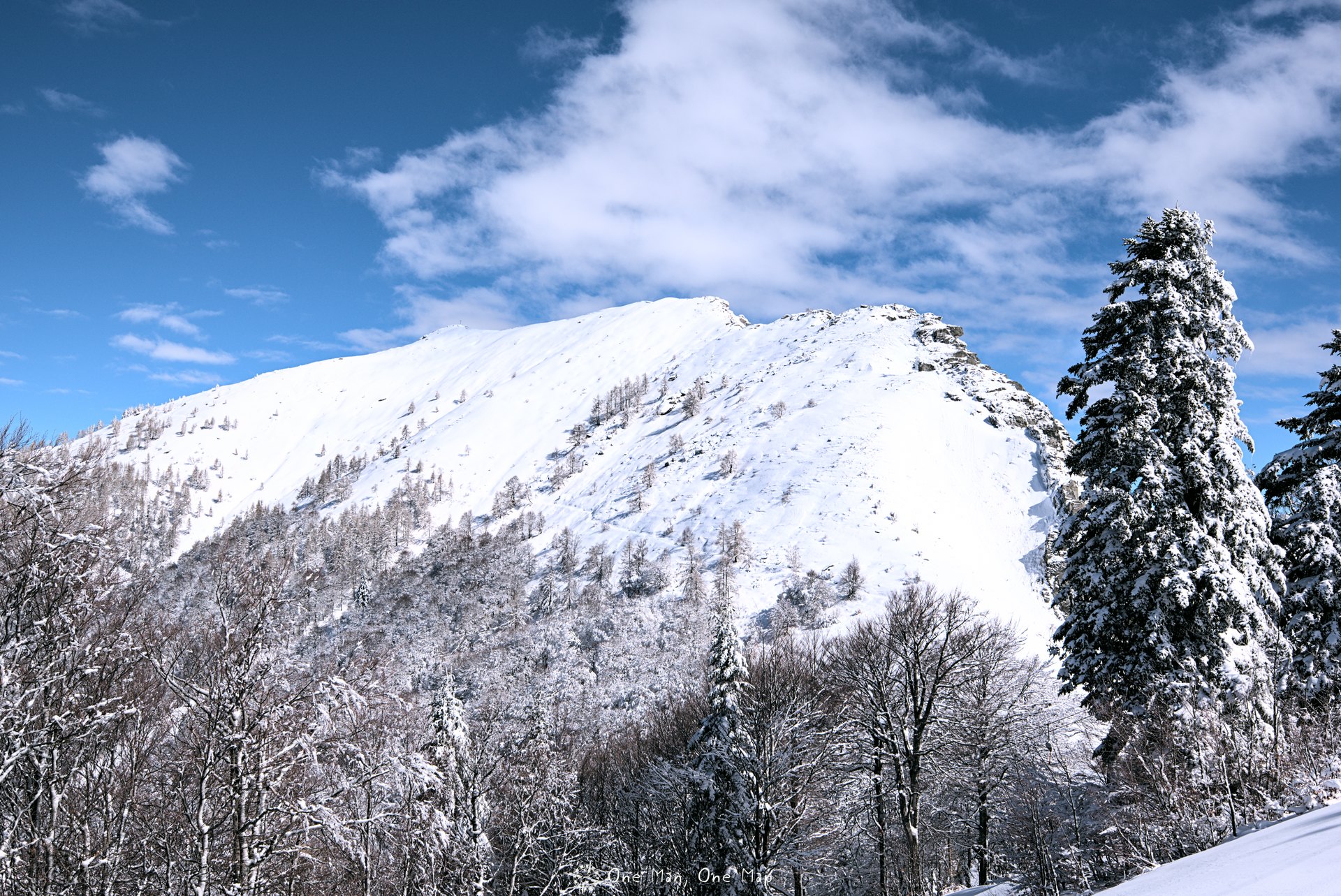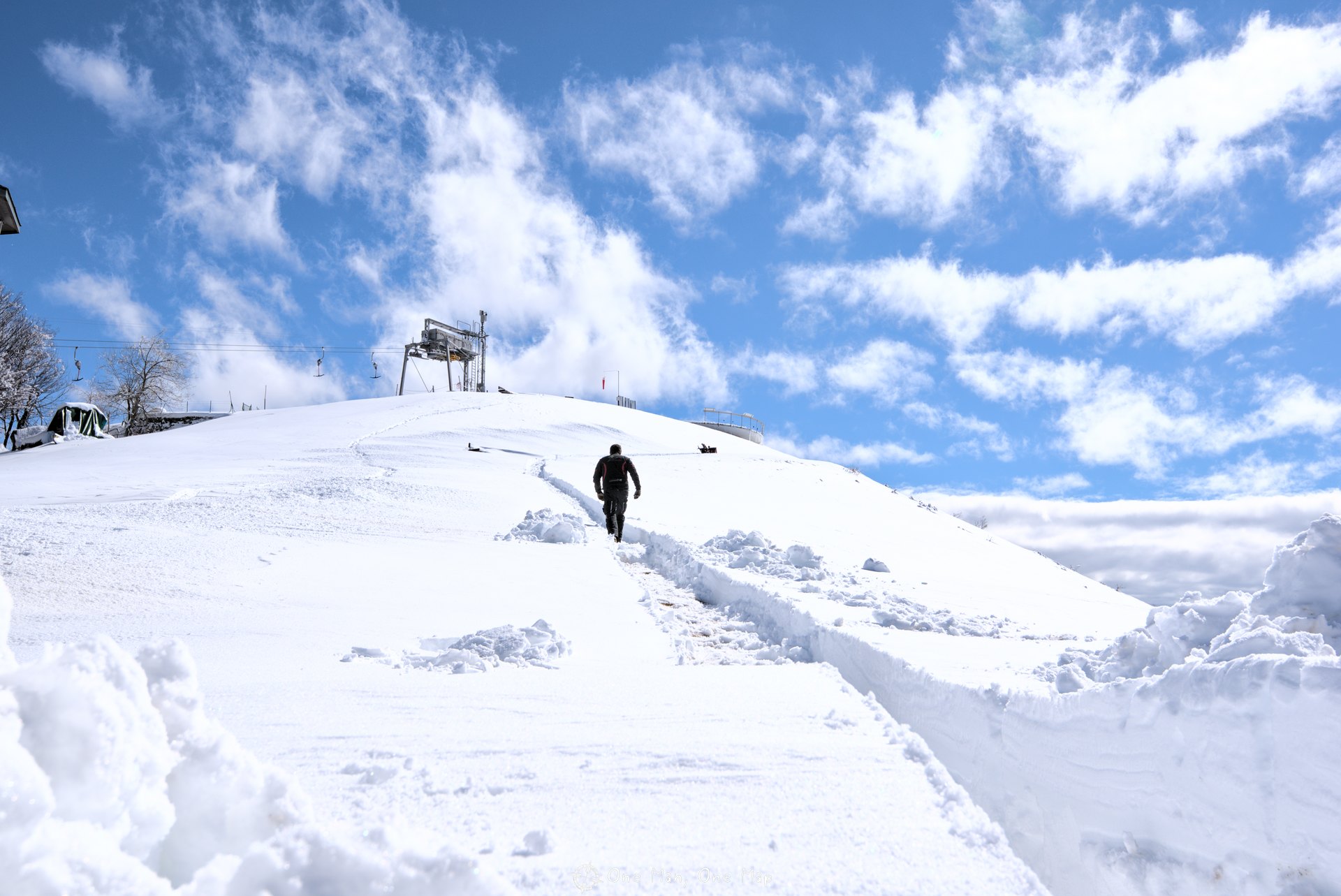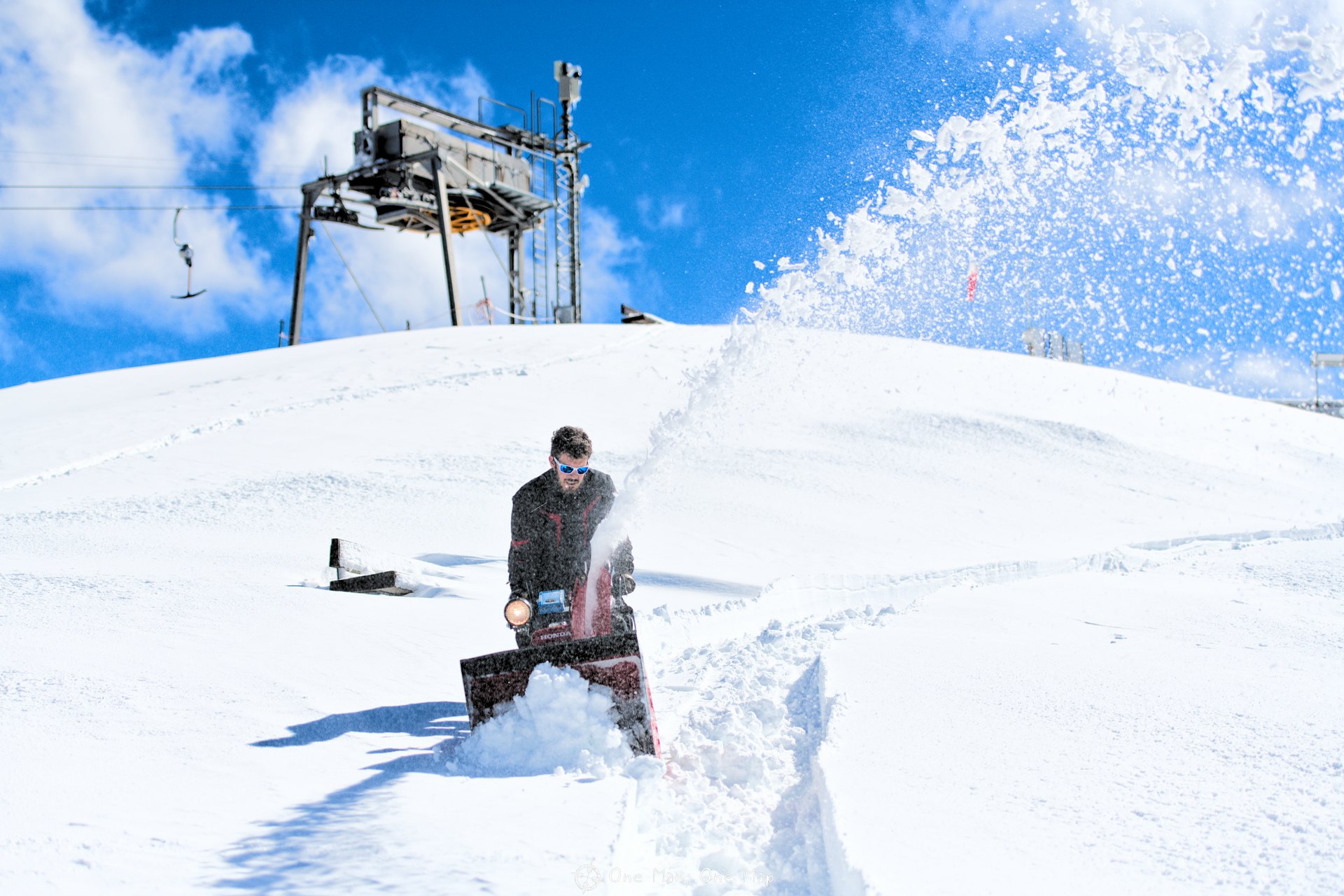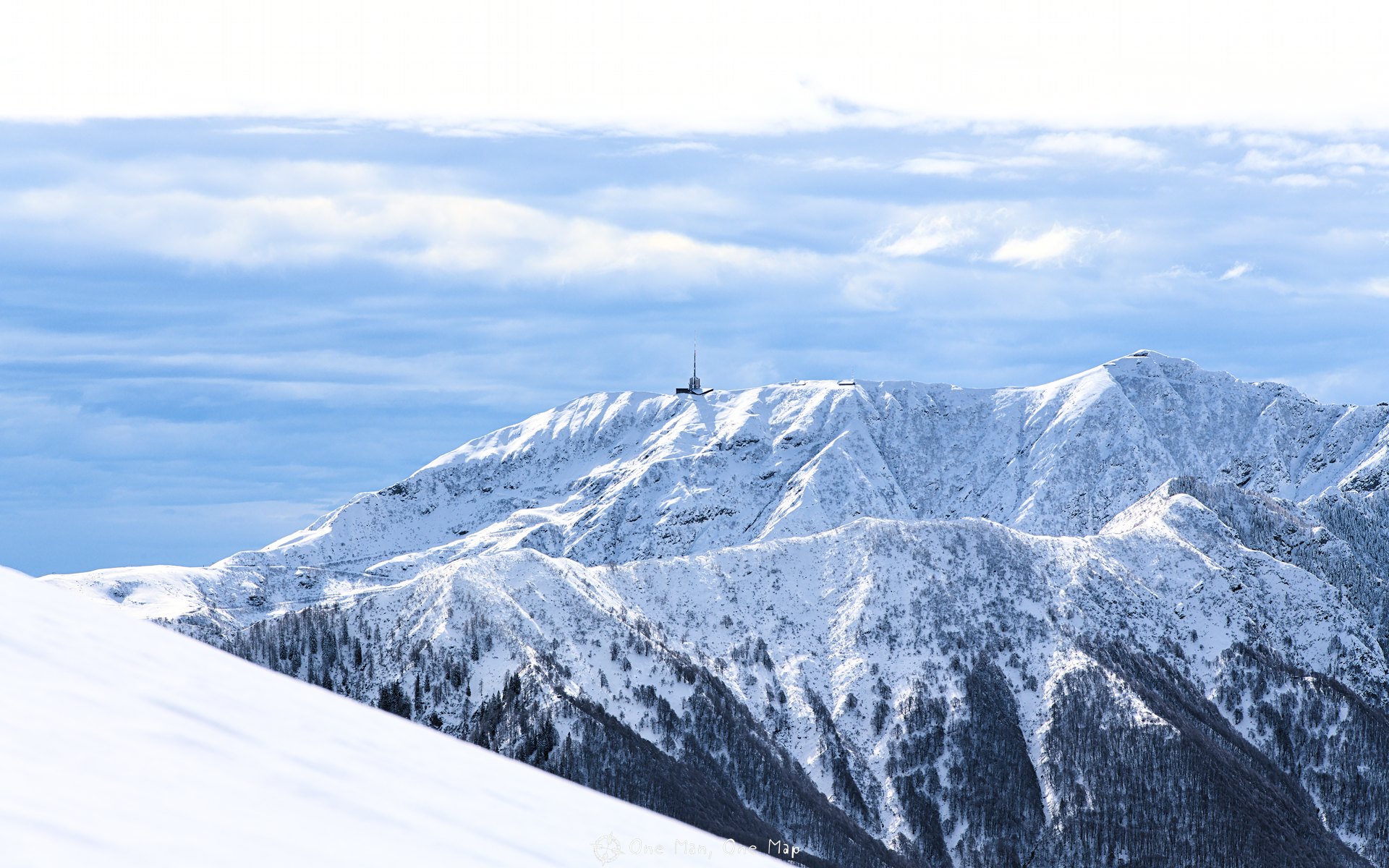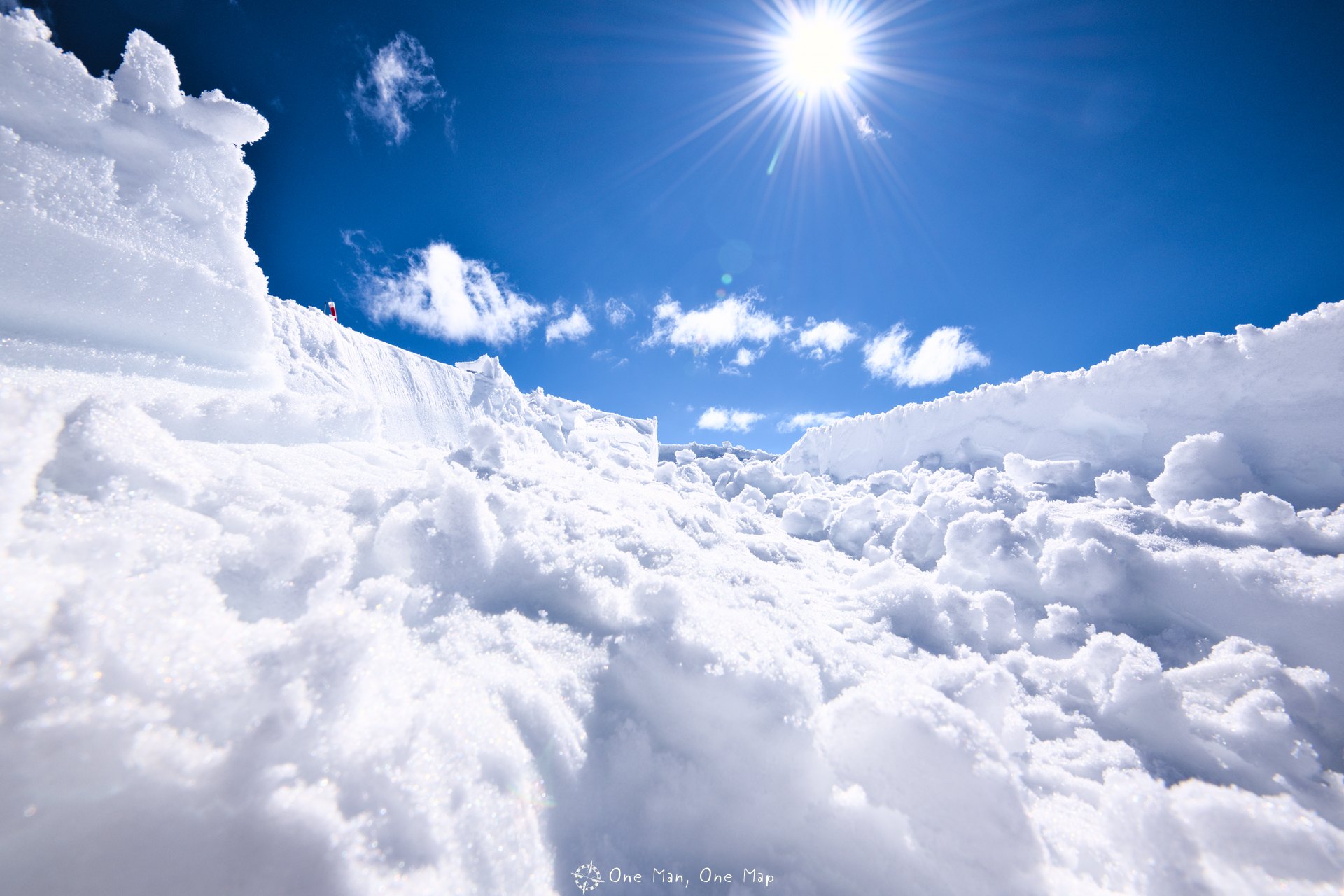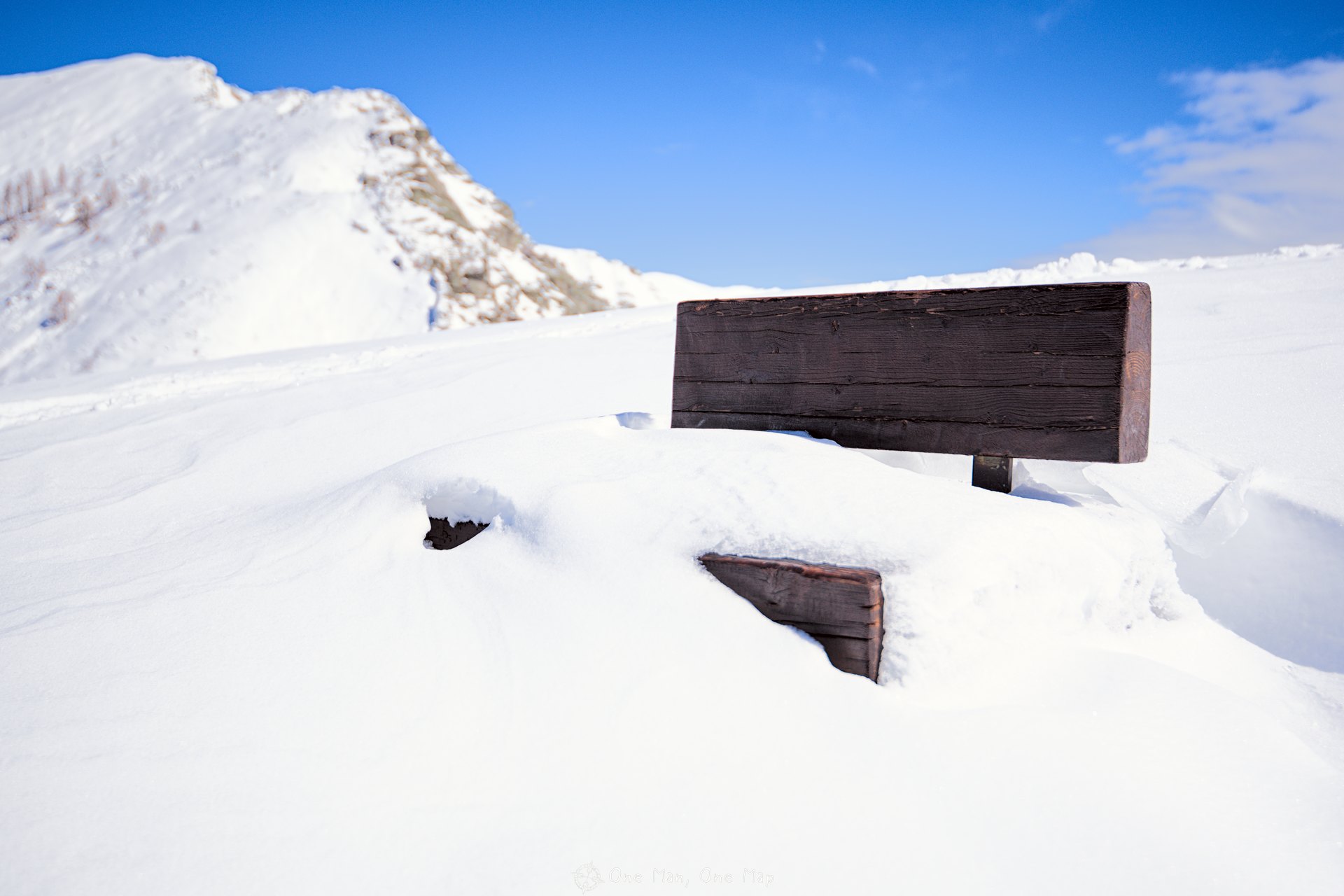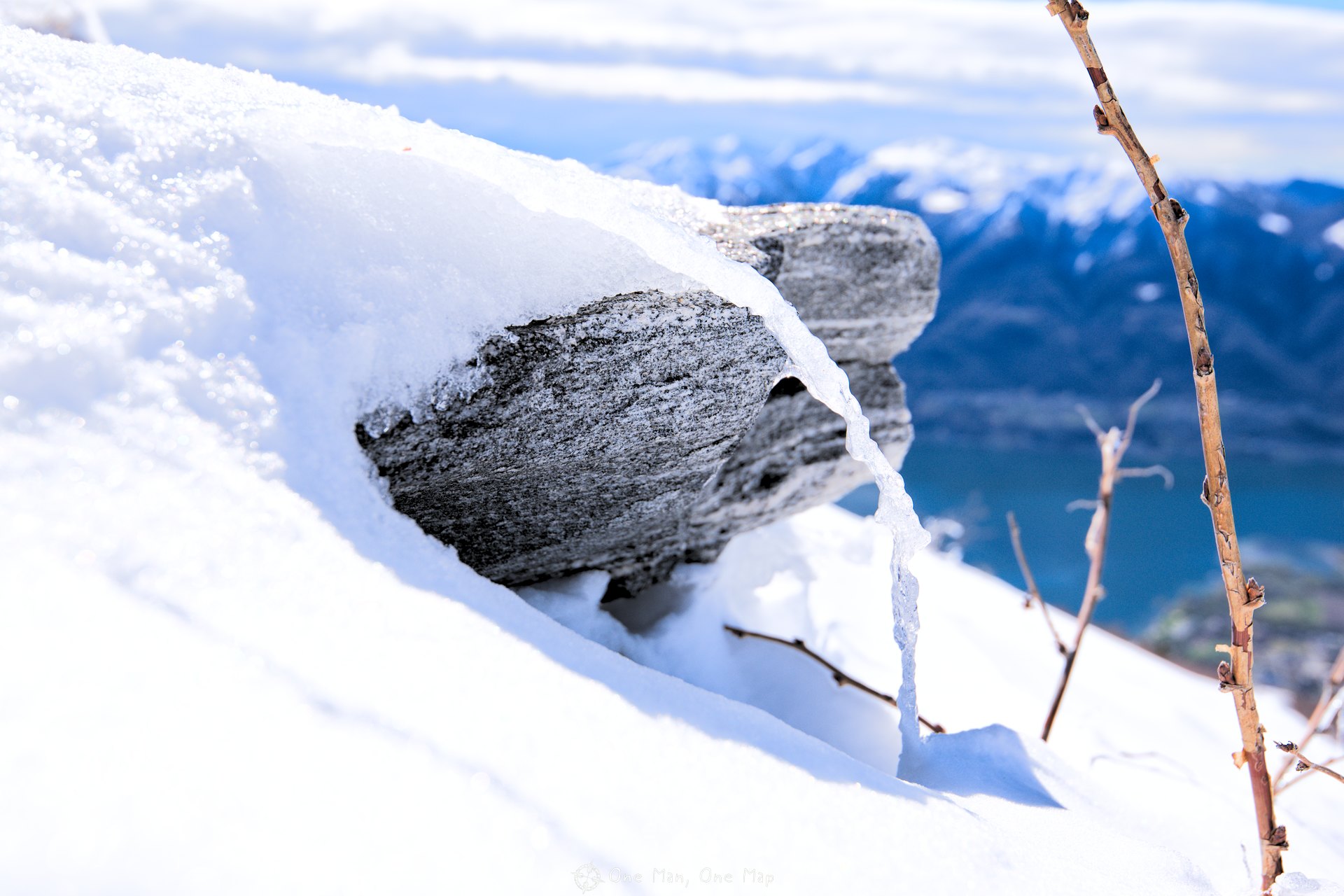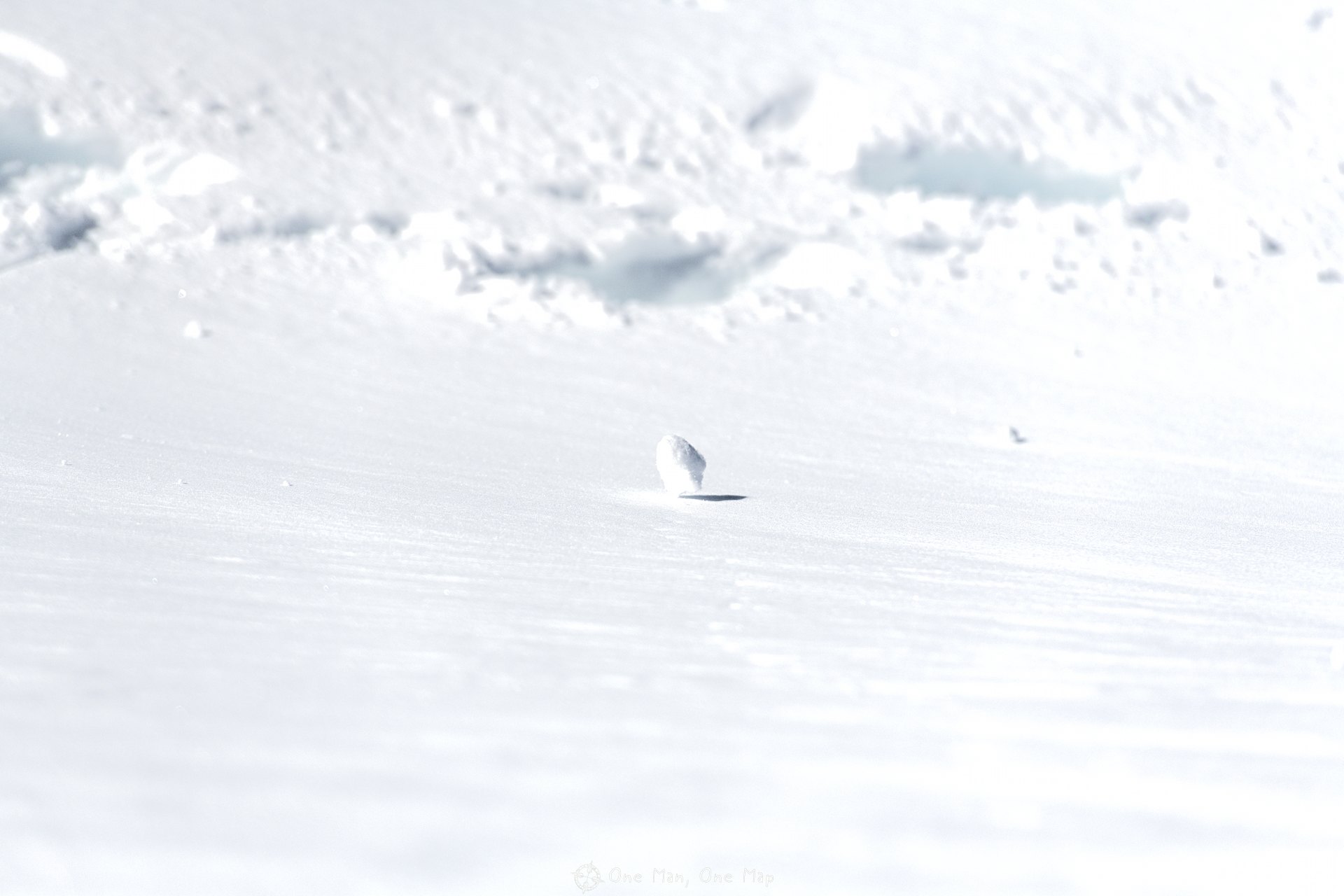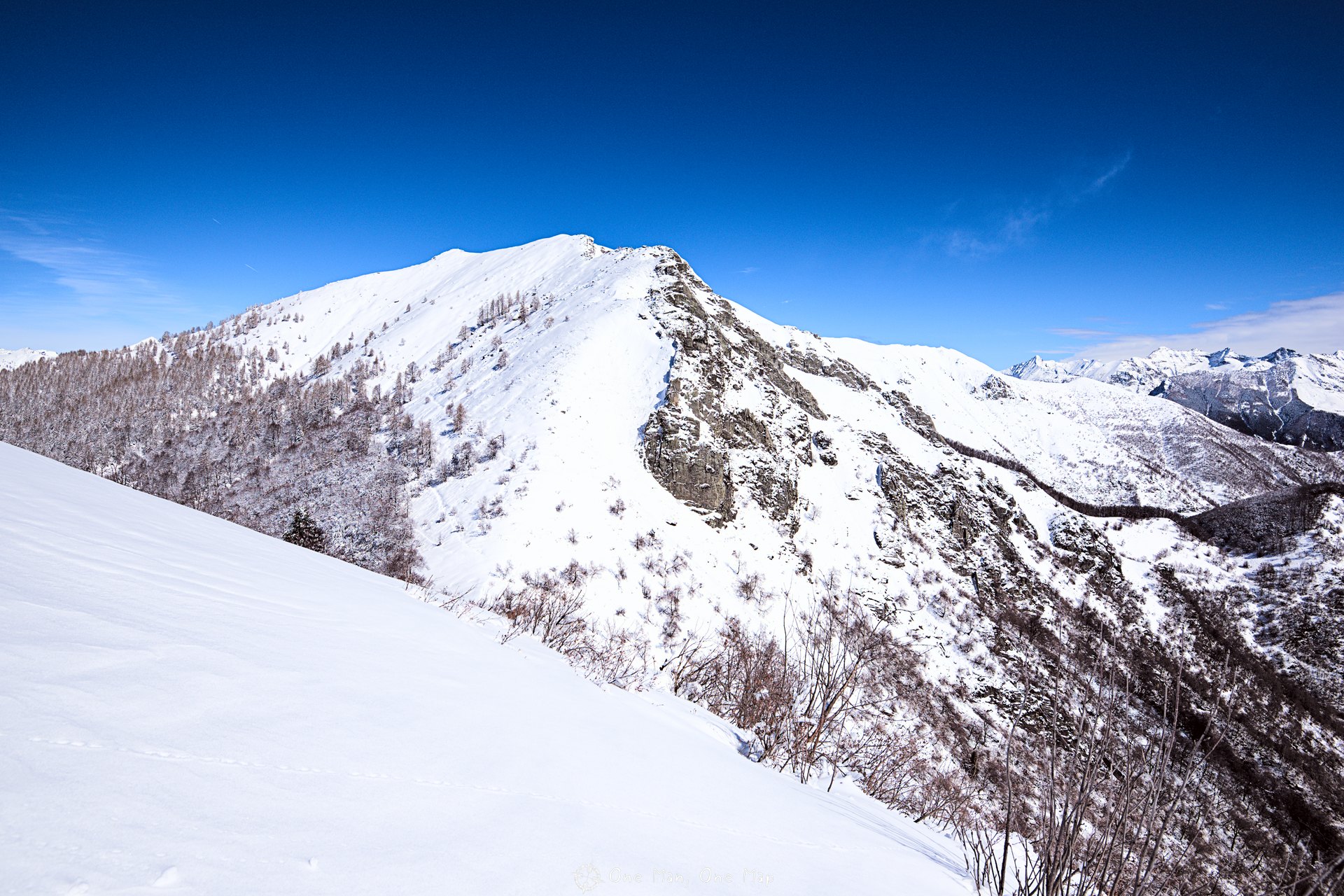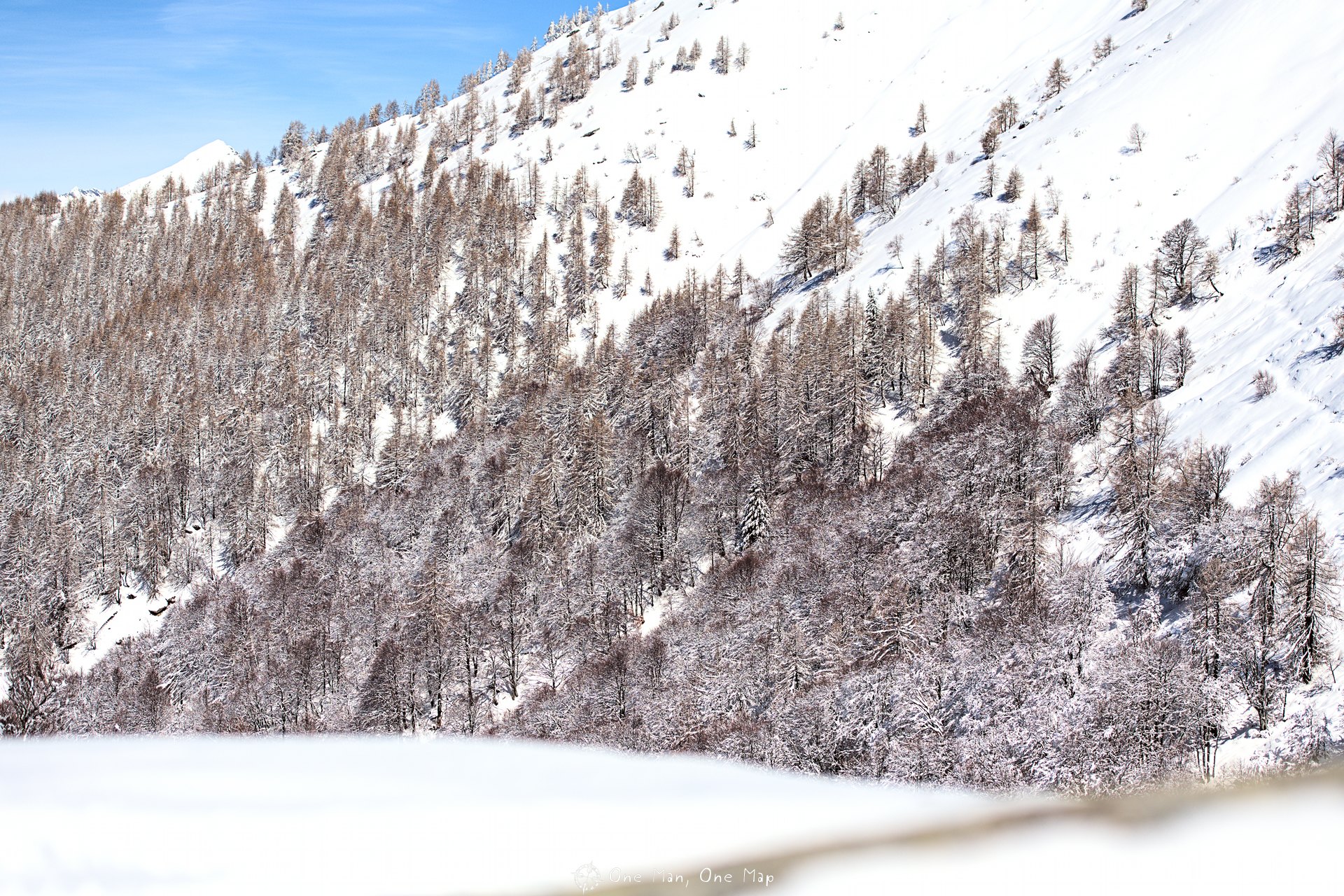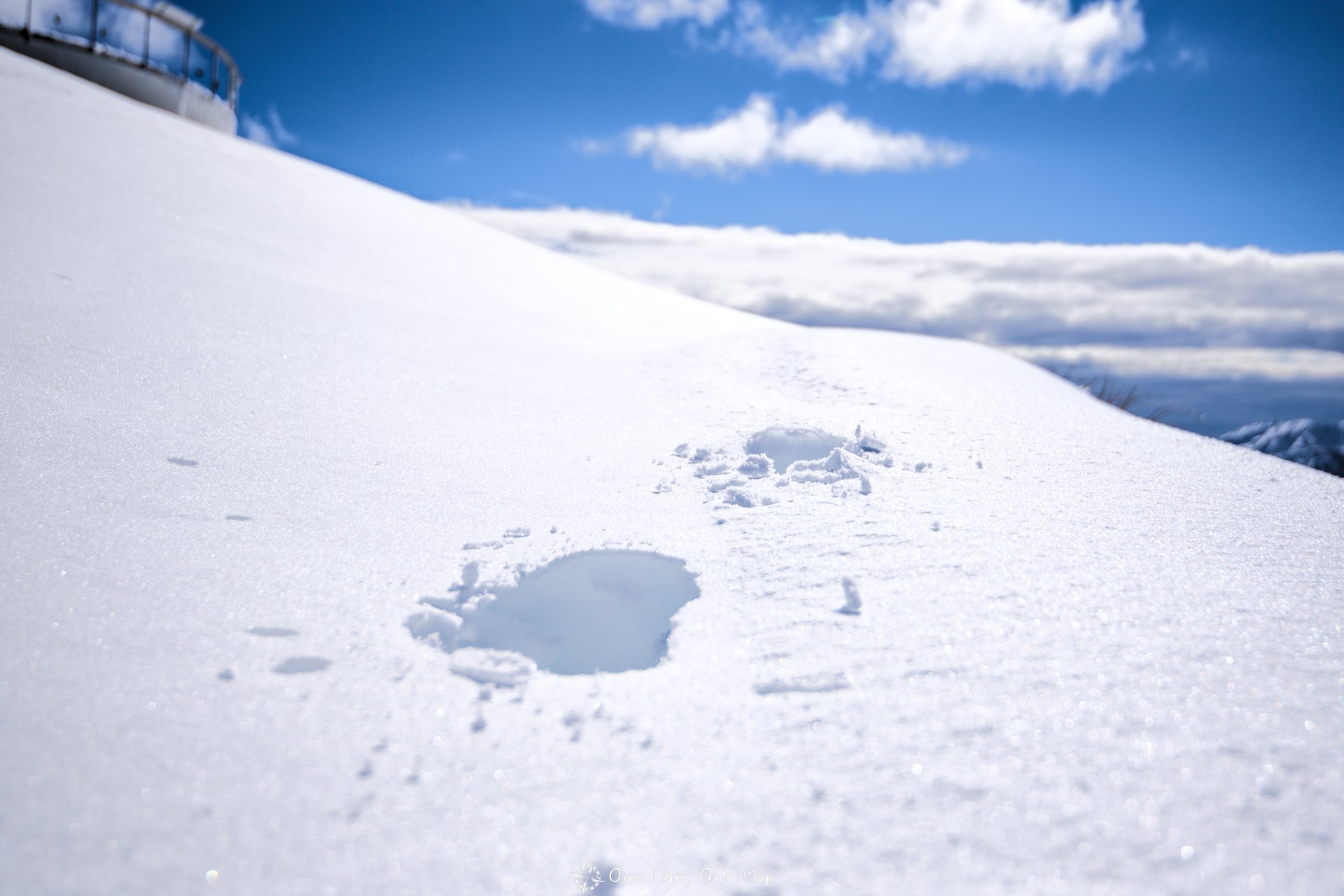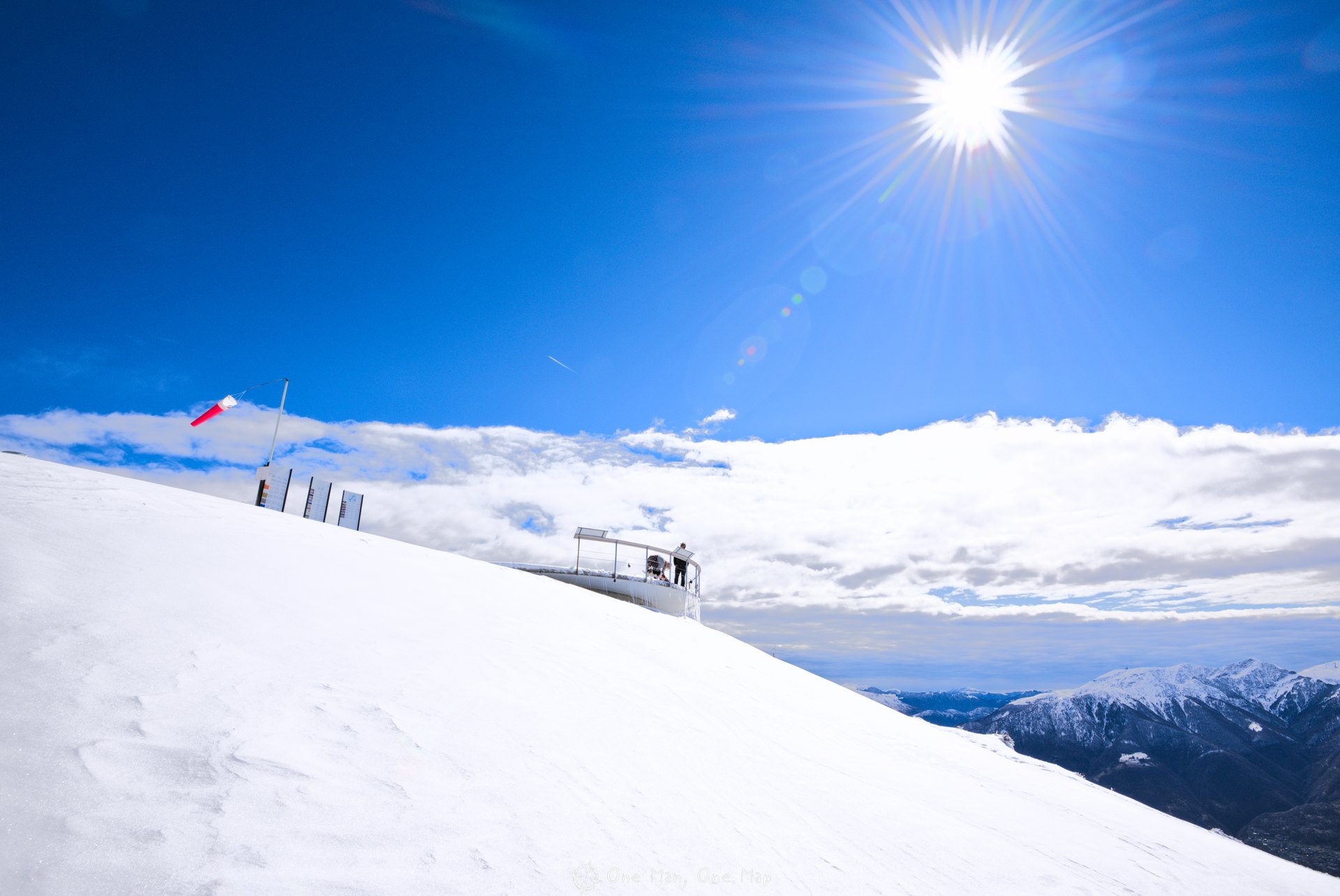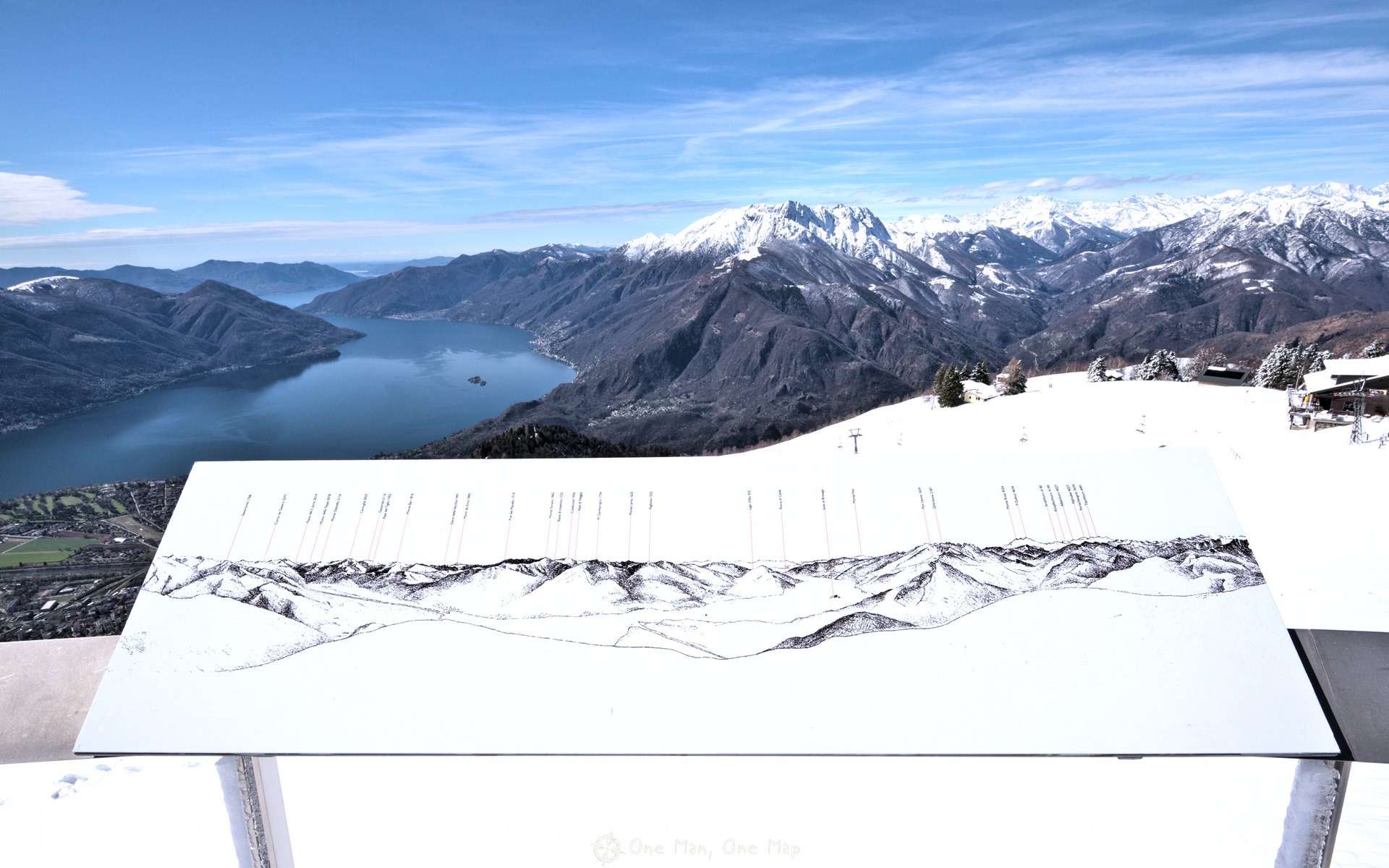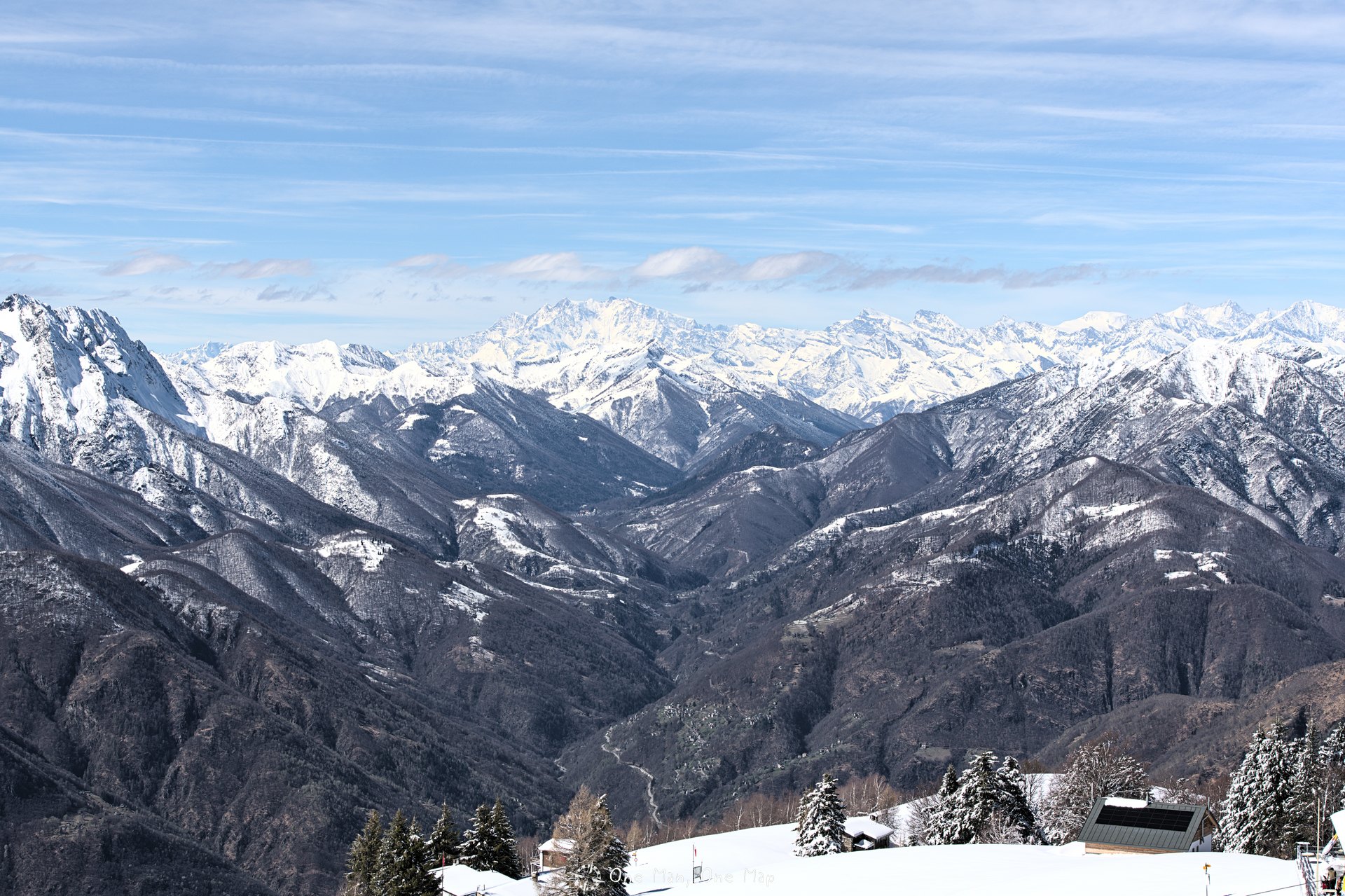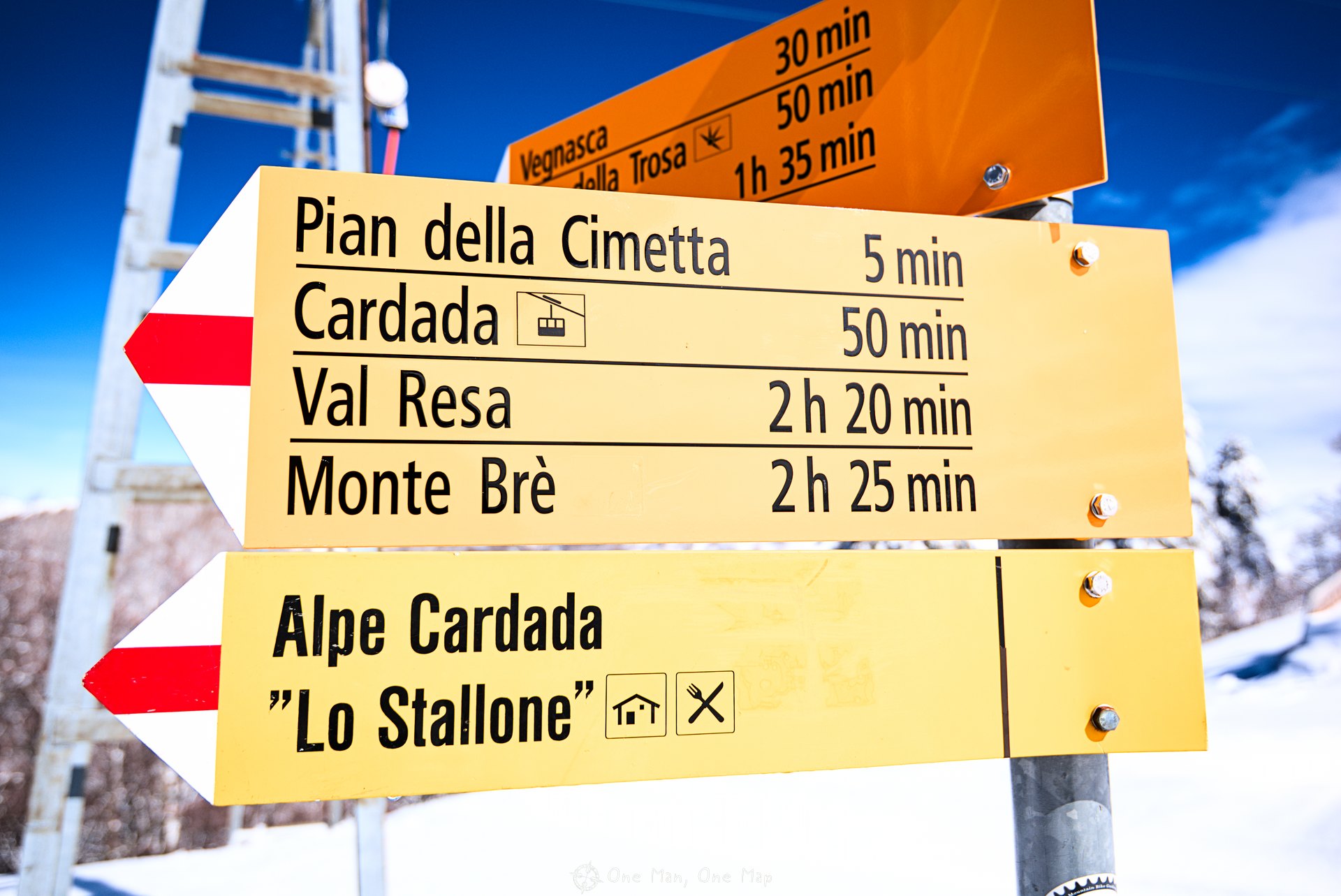Dieser Artikel ist auch auf Deutsch verfügbar. Click here to find out more about Switzerland!
Recently I was traveling across Switzerland and made a little detour to Locarno. You can not only stroll along Laggio Maggiore or do a boat trip there, but also visit the Sanctuary of Madonna del Sasso and go to the 1671 meter high Cardada Cimetta.
Usually the ski season ends in March. In April 2019, however, an unexpected cold front brought half a meter of fresh snow to the mountains, and so everything turned into a bit of a snow hike… 😉
Locarno is located in the Swiss canton of Ticino, almost on the border with Italy. The journey is best made using the railway. Since the completion of the Gotthard tunnel, the journey from Zurich takes only two and a half hours, and from Milan it may even be just two hours (depending on the connection).
Funicular to Orselina and Madonna del Sasso
The funicular “Funicolare Locarno-Madonna del Sasso” has been connecting the center of Locarno with the pilgrimage church of Madonna del Sasso since 1874. Actually a whole network of narrow-gauge railways was to be developed around Locarno, but only foe of the planned lines were actually built. Until the 1970s, all of the connections except the Centovalli railway to Domodossola in Italy and the funicular Locarno-Madonna del Sasso had been shut down. Only a single streetcar of the former Locarno Tramway remains.
The price for a ride on the funicular was 7.20 francs (about 6.30 euros) for a round trip and 4.80 francs (4.20 euros) for a single trip. Owners of a Ticino Ticket, which all hotel guests in Ticino get on check-in, pay less.
On a lenght of just 825 meters, the track gains 173 meters in altitude – a fairly steep route. Between the endpoints of Locarno and Orselina there are three stops: Grand-Hôtel, Belvedere and Santuario (Madonna del Sasso). The Grand-Hôtel was closed in 2006 and has been waiting for its reopening ever since.
Madonna del Sasso
The pilgrimage church of Madonna del Sasso has been located on a promontory high above Locarno as a part of a (former) Franciscan monastery since 1616. The current building no longer has the original form, though. Due to the many worshipers and pilgrims, the church had to be reduced to half its original size at the beginning of the 19th century to make way for large processions.
Photo spot: From the street and the place of worship on the opposite side one has an excellent view of church, former monastery, Lago Maggiore and Locarno 🙂
Madonna del Sasso is well known for its many works of art. They include several scenes with wooden statues from the 15th century.
Since the expropriation of the Franciscans in 1848, Madonna del Sasso belongs to the canton of Ticino, but the Order continues to take care of it. As it is a pilgrimage church, admission is free. Not always the case in a country as expensive as Switzerland 😉
A Way of the Cross leads down from the church to the city center. The descent only takes about 20 minutes. The extra charge for a return trip with the funicular is therefore not really necessary, as long as it doesn’t rain too much.
Cable car to Cardada
From the mountain station of Orselina there are several ways to get to Cardada Cimetta. Either you hike to the top in about two and a half hours. Or you take the cable car to the village of Cardada and from there the chairlift to the top.
Some will probably opt for the hike after taking a look at the price list. Madonna del Sasso is free, but now it’s getting expensive. A round trip to Cardada was a whopping 24 francs (21 euros) in April of 2019, the combined ticket including the chairlift to the top was 28 francs (about 25 euros). Skiers pay even more 😯
The cable car and the chairlift are operating from December to the end of October.
The futuristic mountain station at 1332 meters of altitude was completely rebuilt during the overhaul of the cablecar in the year 2000.
Lookout point
Also quite new were the playground and the lookout west of the mountain station. A pedestrian bridge leads to the viewpoint Ponte sospeso Cardada (Hanging Lookout Point Cardada) between the treetops of the underlying forest.
From the top of the pedestrian bridge you not only have a panoramic view of the lake, but also on Centovalli and parts of the Maggia Valley.
I continued to the valley station of the chairlift about 400 meters further east.
Chairlift to Cardada Cimetta
The chairlift bridges the last 300 vertical meters to the restaurant and the ski area at the top. In the summer you can save this ride, of course, and hike to the top. But with so much fresh snow that was simply not an option.
On the opposite side of Lake Maggiore is Monte Tamaro, here photographed shortly before a rain shower. On a good day, you can not only see the Monte Rosa massif and the Matterhorn from its summit, but also the lowest (Lake Maggiore) and the highest (Dufourspitze) points of Switzerland.
Cardada Cimetta
The mountain station of the chairlift is located close to the summit, next to the restaurant Cimetta and the radio tower.
The view from Cardada Cimetta was really breathtaking. In each direction, the panorama was even more beautiful than in the other. I wish we would get half a meter of fresh snow on Christmas Eve every year 🙂
On the 1,858 meter high La Manèra, the eastern side summit of Monte Tamaro, there is a widely visible radio station operated by Swiss telecommunications giant Swisscom. It is used to transfer data from Ticino to the German-speaking regions of Switzerland.
After an hour in the snow I’ve probably taken enough Winter pictures for the next few years… 😉
The way to the summit had not been fully cleared yet, so it was necessary to fight on foot through the snow masses.
In winter, in addition to ski lessons, snowshoeing tours are being offered. Some even take place at night.
From the “Geological Observation Station” at the top of the Cimetta one has a 360-degree panorama over the entire region. Here you can also see the “Linea Insubrica”, the geological division between the Northern Alps and the Southern Alps. Millions of years ago, the African and European continental plates collided her, creating the Alps.
Most hiking routes suggest a descent back to Cardada with a detour via the refuge on top of the Lo Stallone peak. Because of the snow that was absolutely out of the question. So I had to take the chairlift and cable car back down to Locarno.
This post was written by Simon for One Man, One Map. The original can be found here. All rights reserved.

